Hardware
MSI GEFORCE GTX 1660 Ventus XS 6G OC Review

Introduction
Nvidia claims that more than 2/3rds of gamers are playing with cards at the GTX 960 level and below. The x60 level cards have proven to be quite popular with gamers for their price to performance ratio. Today Nvidia unveils the GeForce GTX 1660 which is meant to replace the GTX 1060 3GB with 1408 Turing powered CUDA cores and 6GB of GDDR5 memory. MSI takes this a step further on the GTX 1660 Ventus XS OC Edition with twin Torx 2.0 fans and an overclock right out of the box for a wallet-friendly $229 price tag. Let’s see how it does!
ProClockers would like to thank MSI for sending the GTX 1660 Ventus XS 6G OC over to check out!
MSI’s take on the GeForce GTX 1660 Ventus XS 6G OC:
Ventus is the Latin for wind, which embodies our cooling performance. With a fresh new dual fan design, VENTUS proudly displays its industrial shapes in neutral colors to fit any build.
Product level comparison:
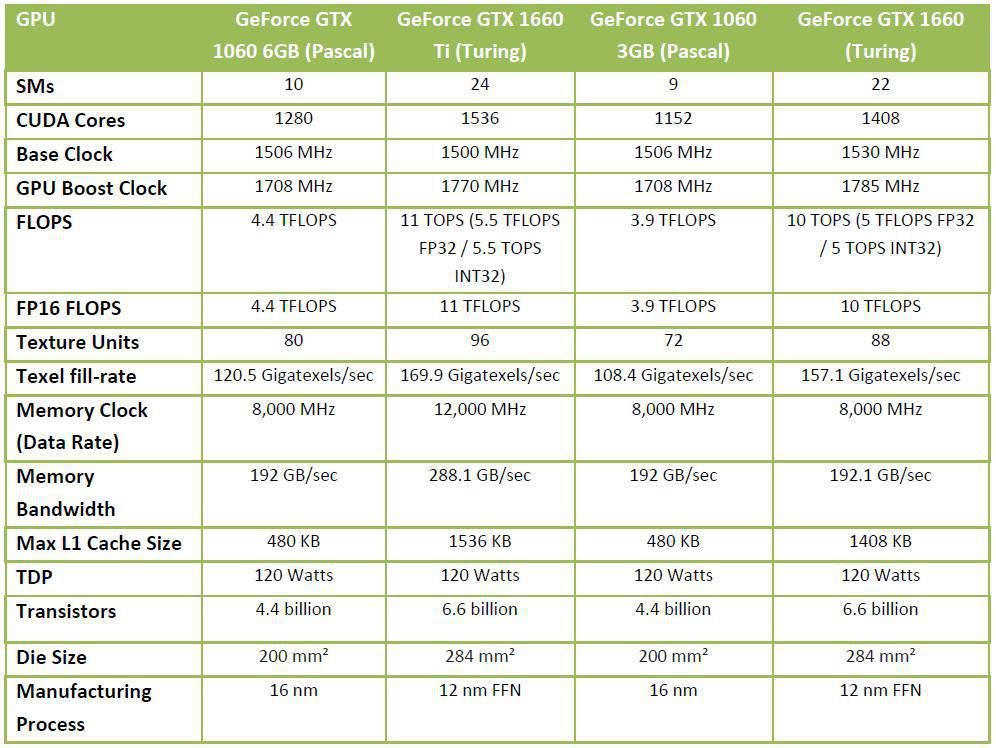
Features & Specifications

PREMIUM DESIGN
A fresh new dual fan design, VENTUS proudly displays its industrial shapes in neutral colors to fit any build.
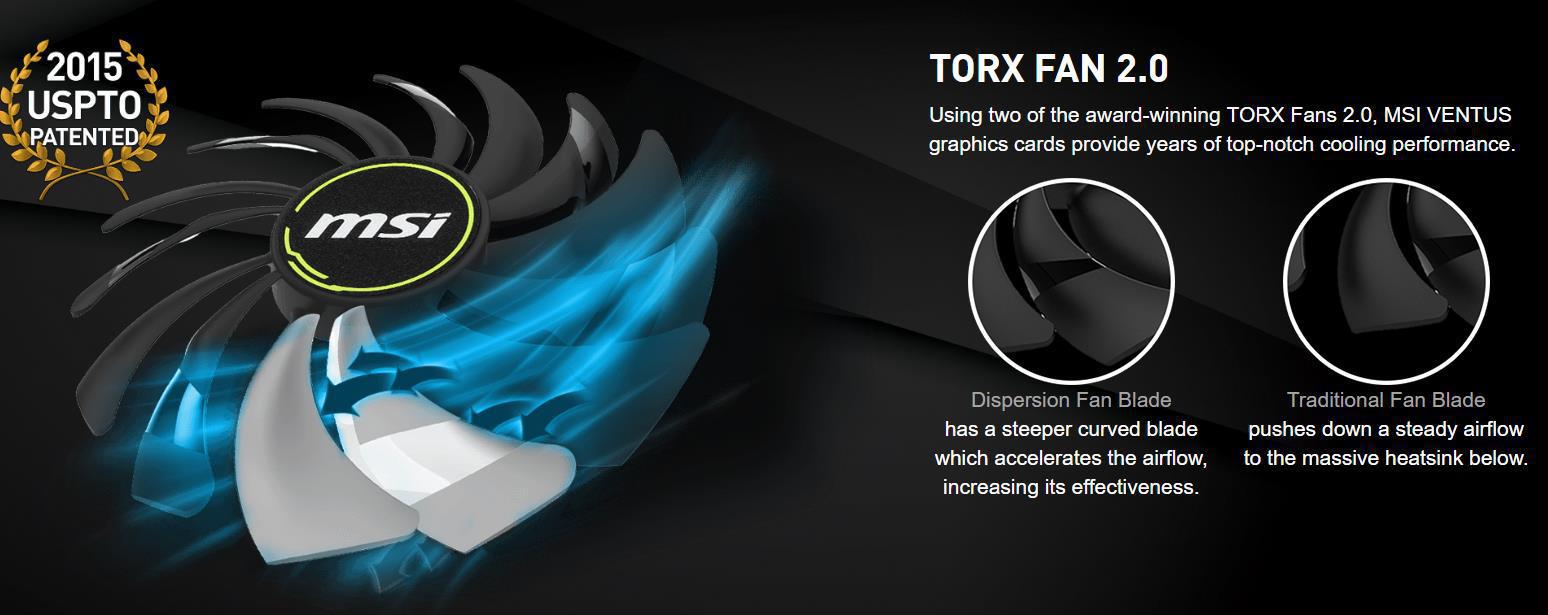
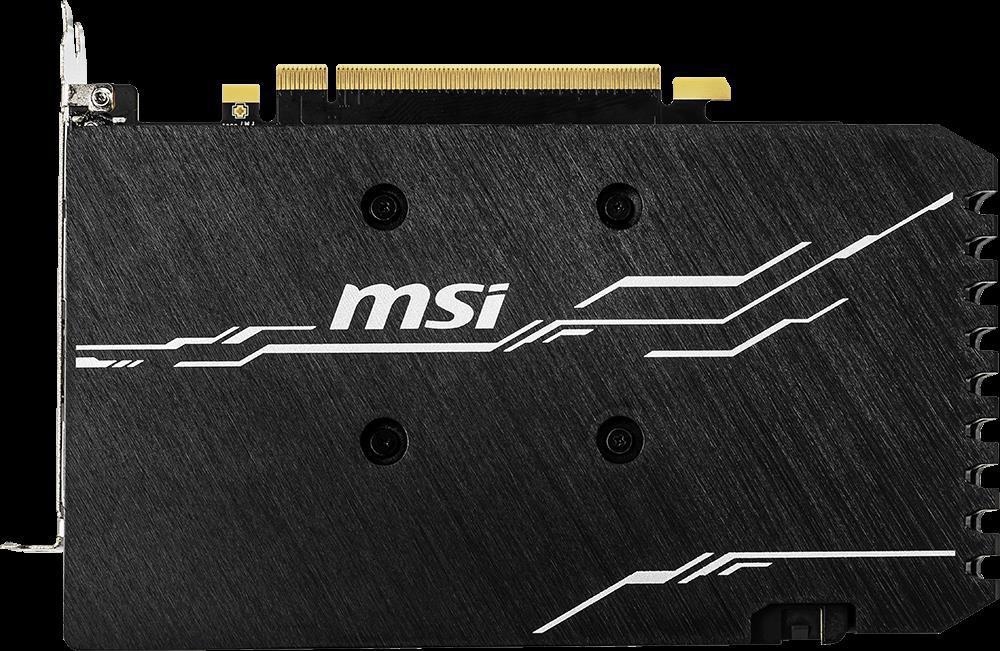
WE’VE GOT YOUR BACK
A sturdy backplate helps to strengthen the graphics card and complements the design to look even better.
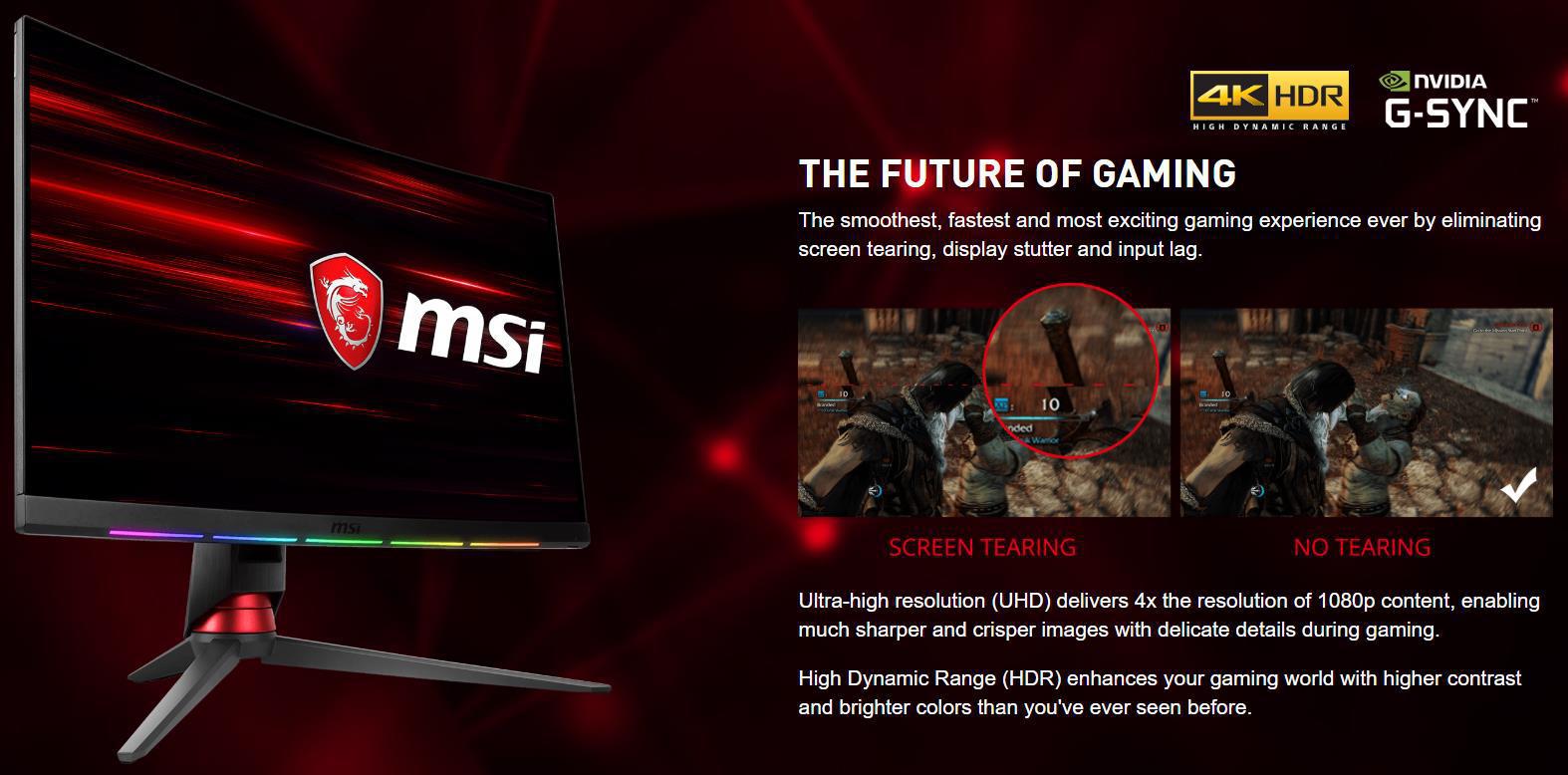
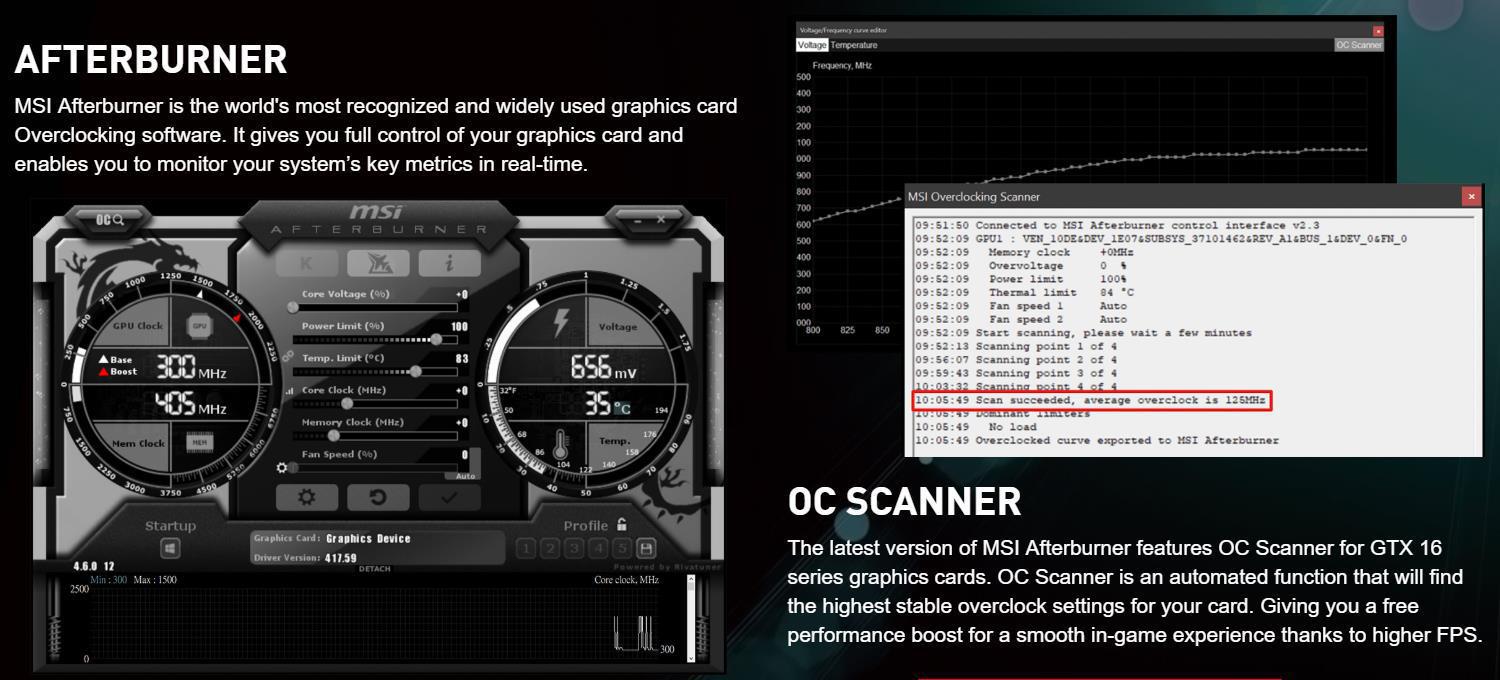
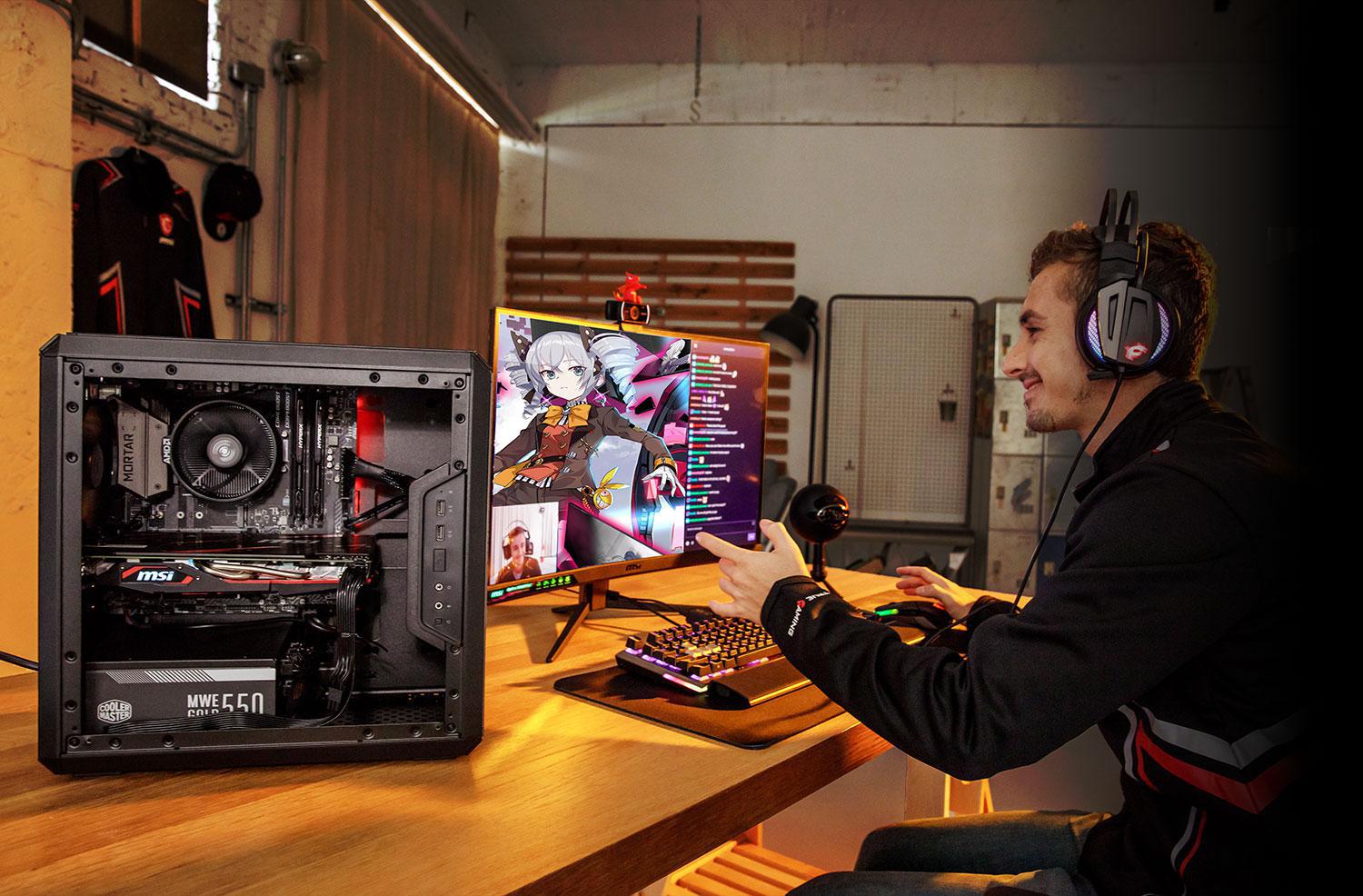
MSI APP PLAYER
Developed under an exclusive partnership with BlueStacks, the MSI APP Player brings seamless gaming experience between mobile games and PC platform and leverages customized features as specific keyboard lighting and better graphics with multi-task works.
Specifications:
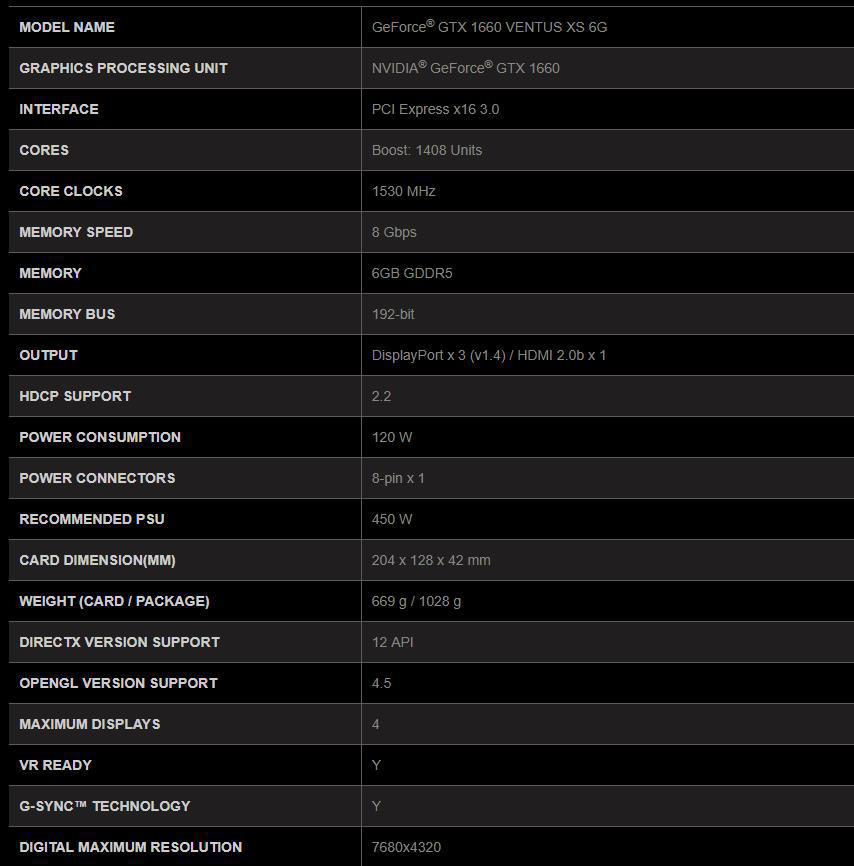
Packaging & Unboxing
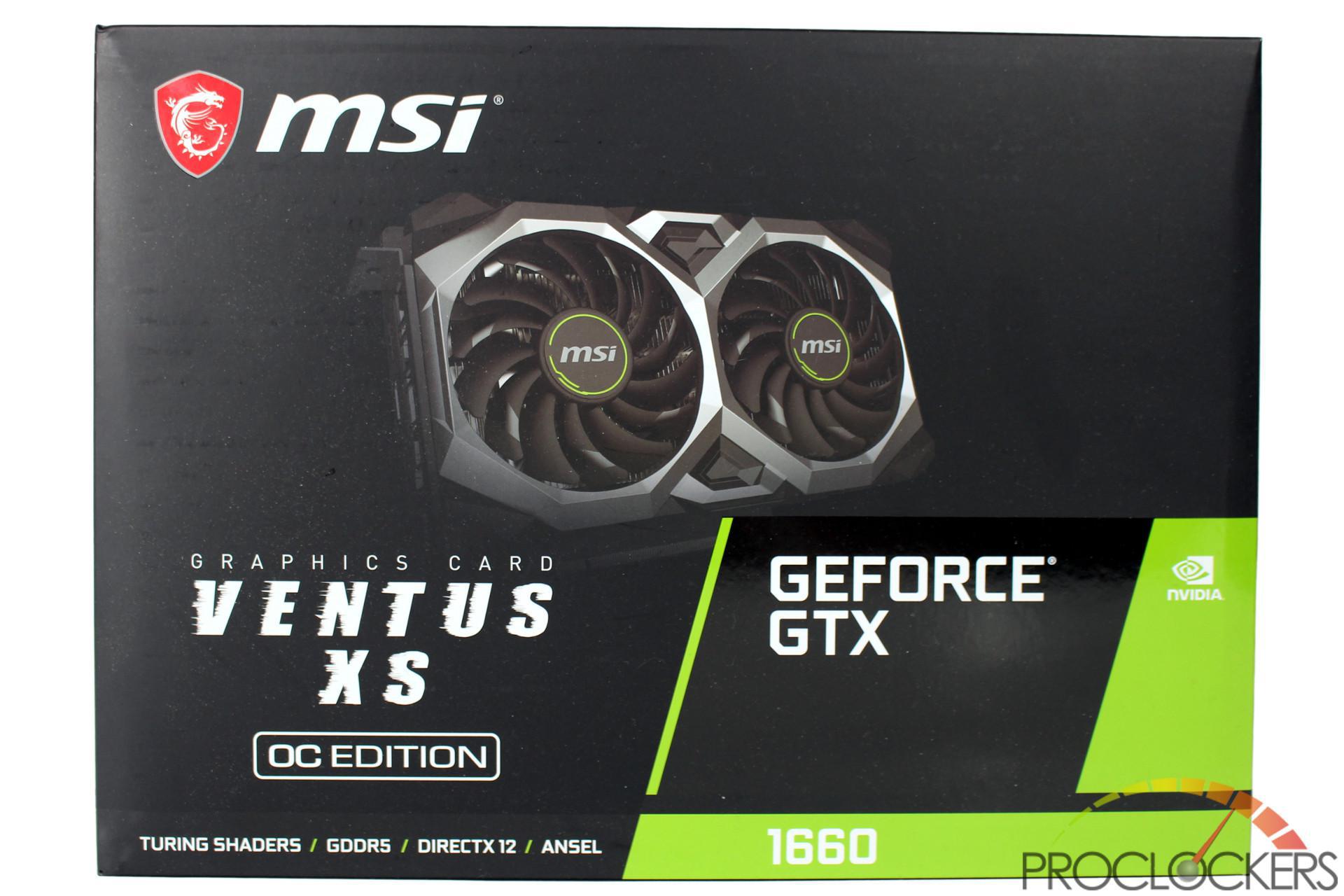
MSI’s logo is in the top left corner, the model under it on the bottom left, Nvidia’s normal model label on the lower right.
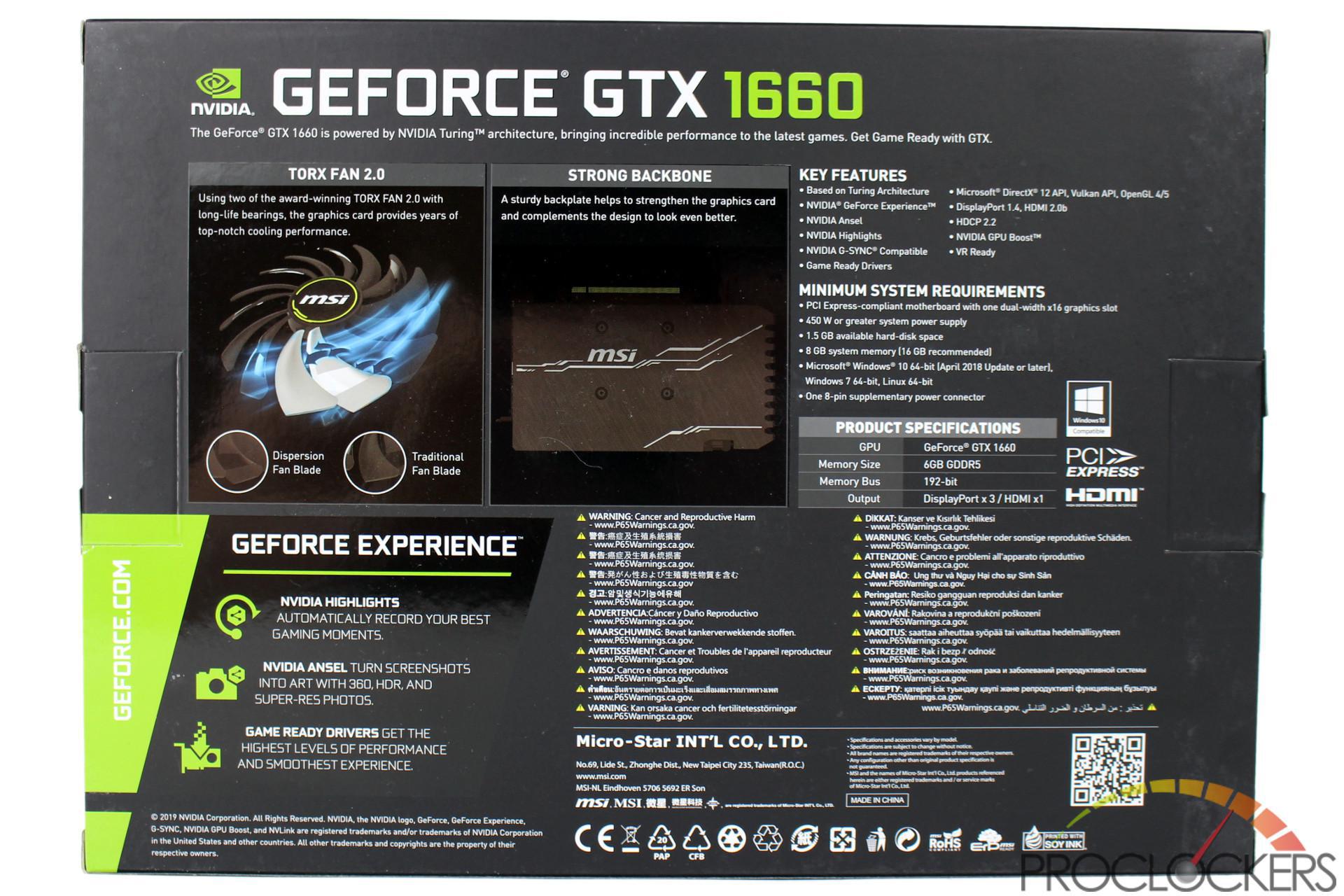
Most of the rear of the box is covered with features but minimum system requirements and some basic specifications are near the center.
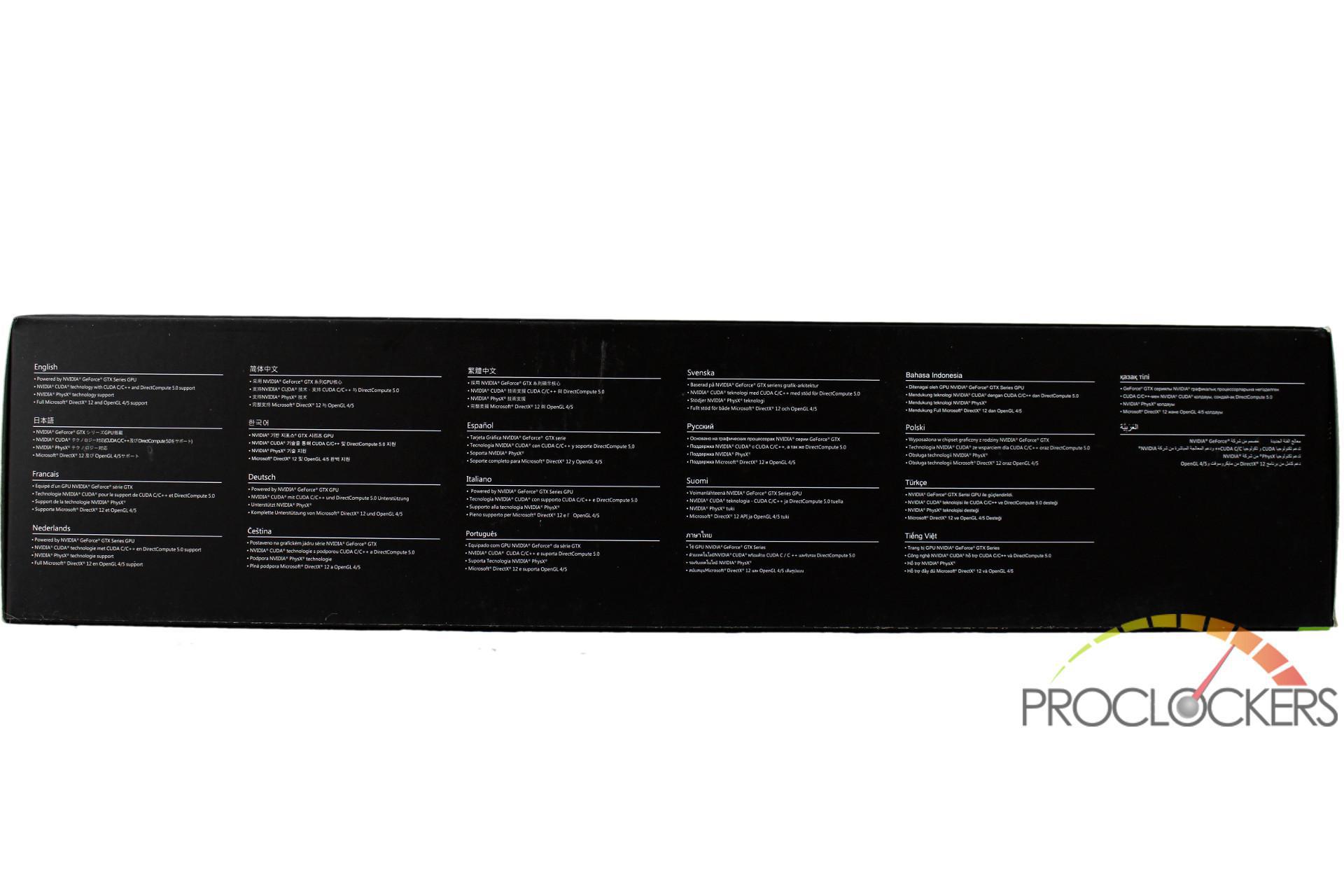
The top and bottom edges of the box has some bullet point features in tons of languages.
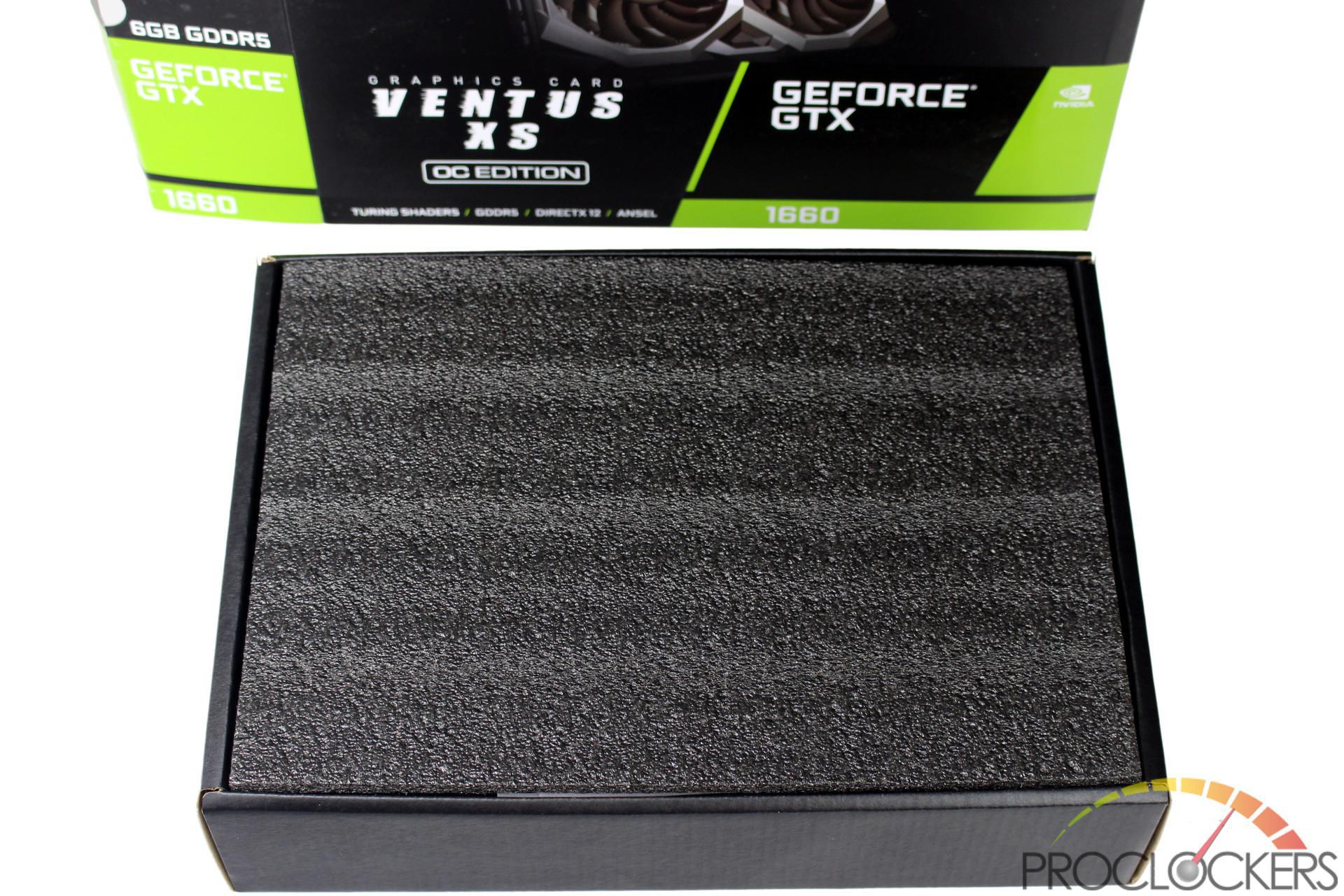
Once you remove the colorful jacket, you are met with a cardboard tray with everything inside. A foam cover protects the top.
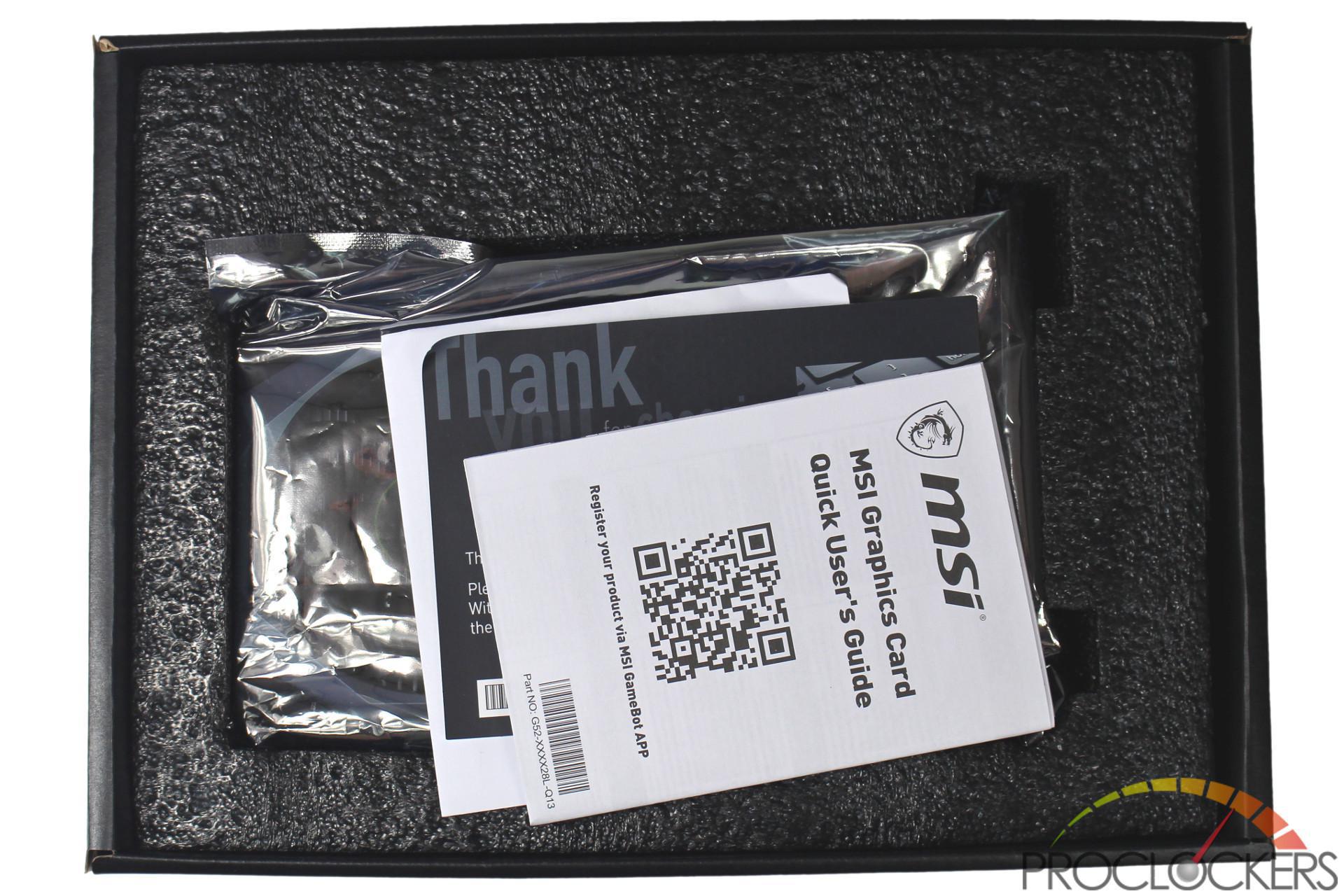
All of the paperwork is laying on top of the card under the foam sheet.
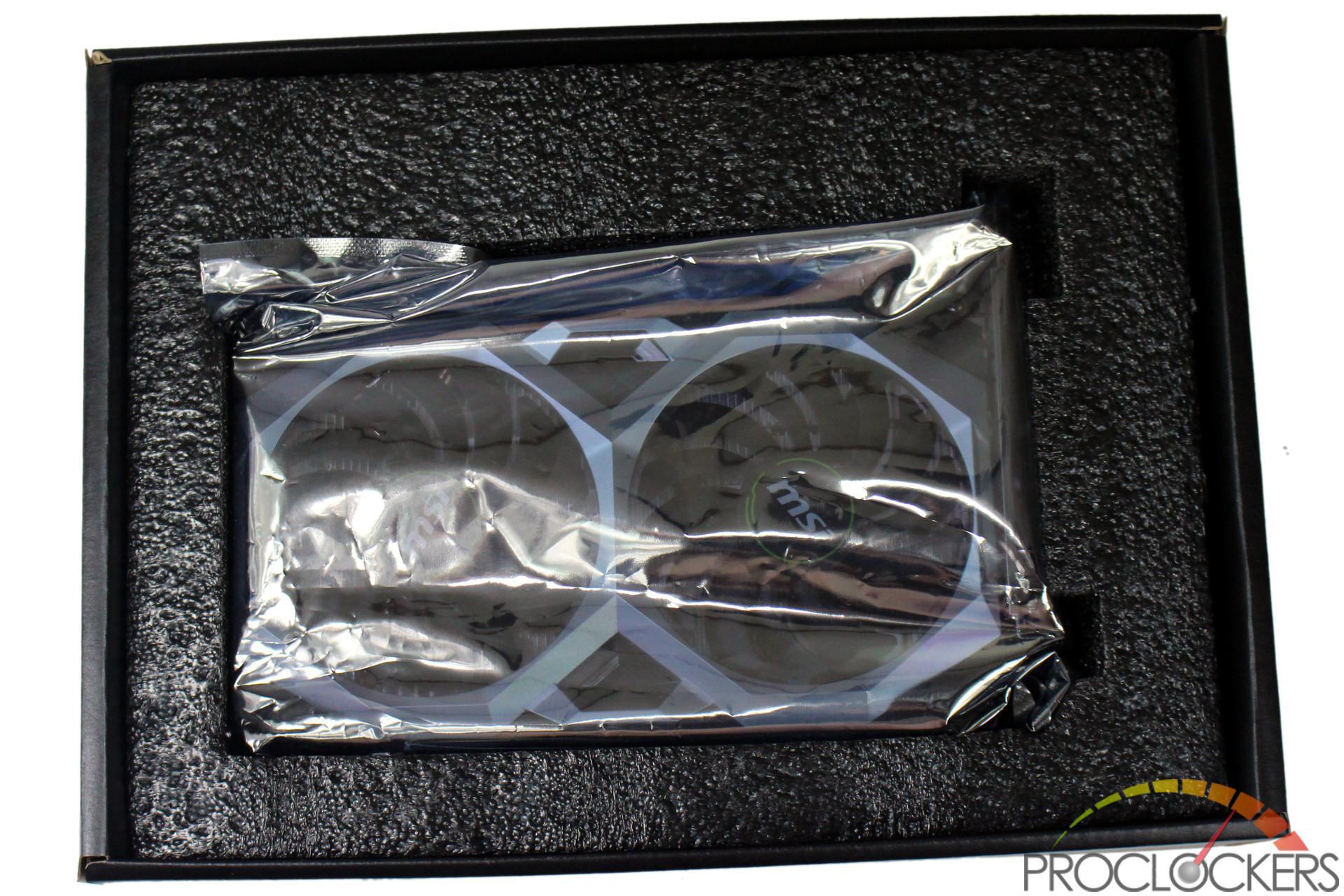
The Ventus is wrapped in an ESD safe bag and safely cradled in a solid block of foam.
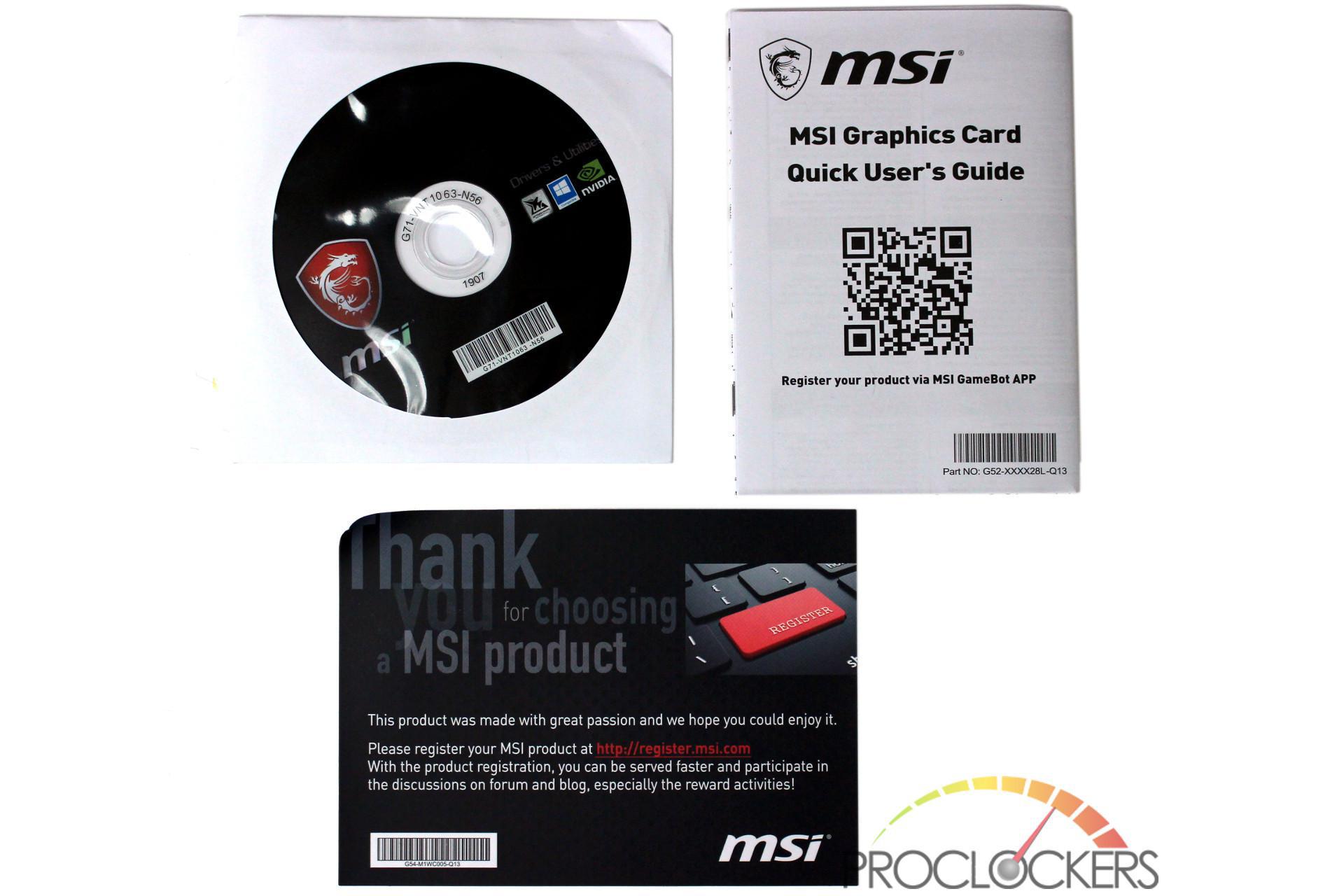
Goodies including a driver and software disk, a Quick Users Guide and a thank you card from MSI.
A Closer Look
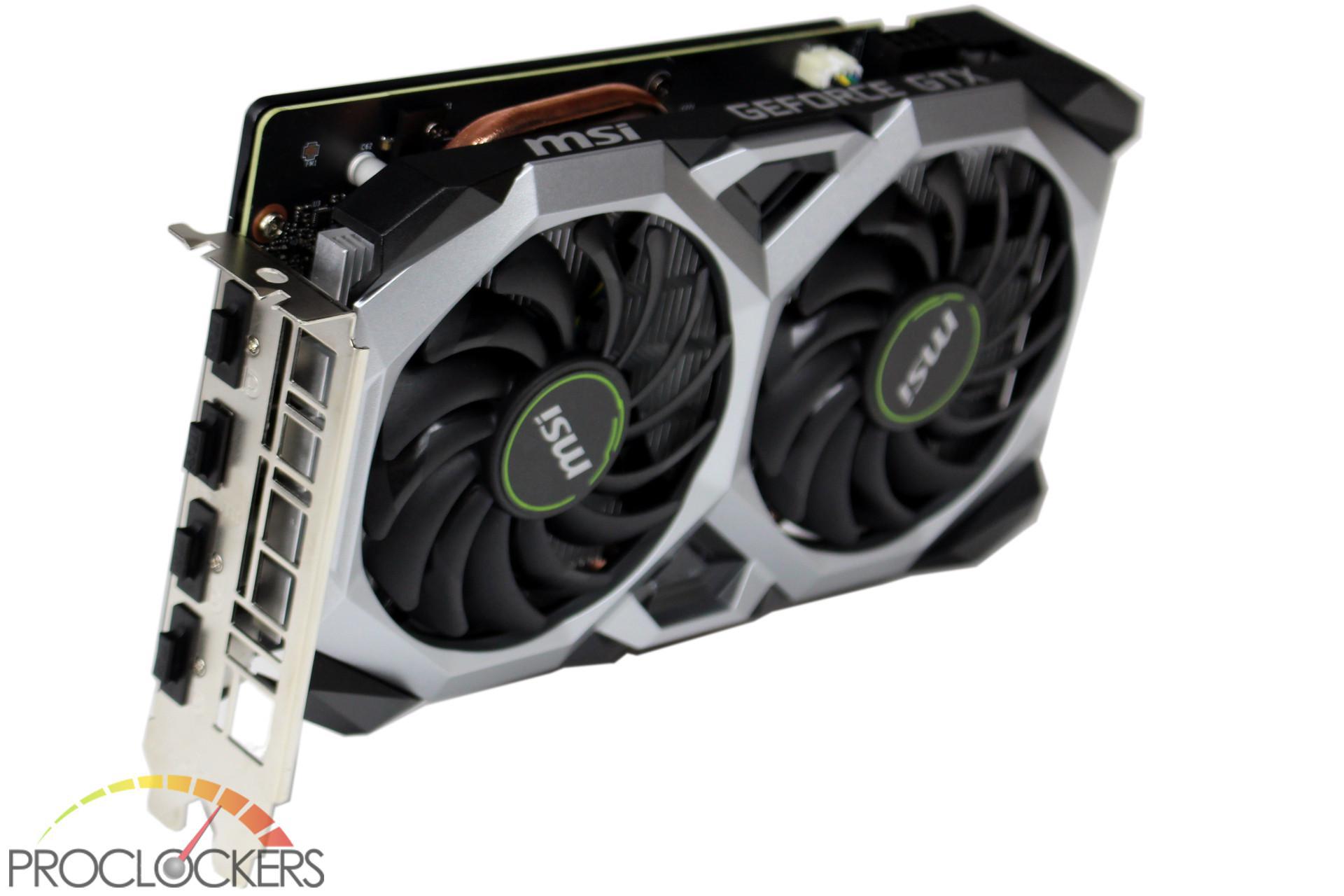
MSI’s GTX 1660 Ventus XS features twin TORX 2.0 fans with grey trim around the heatsink assembly.
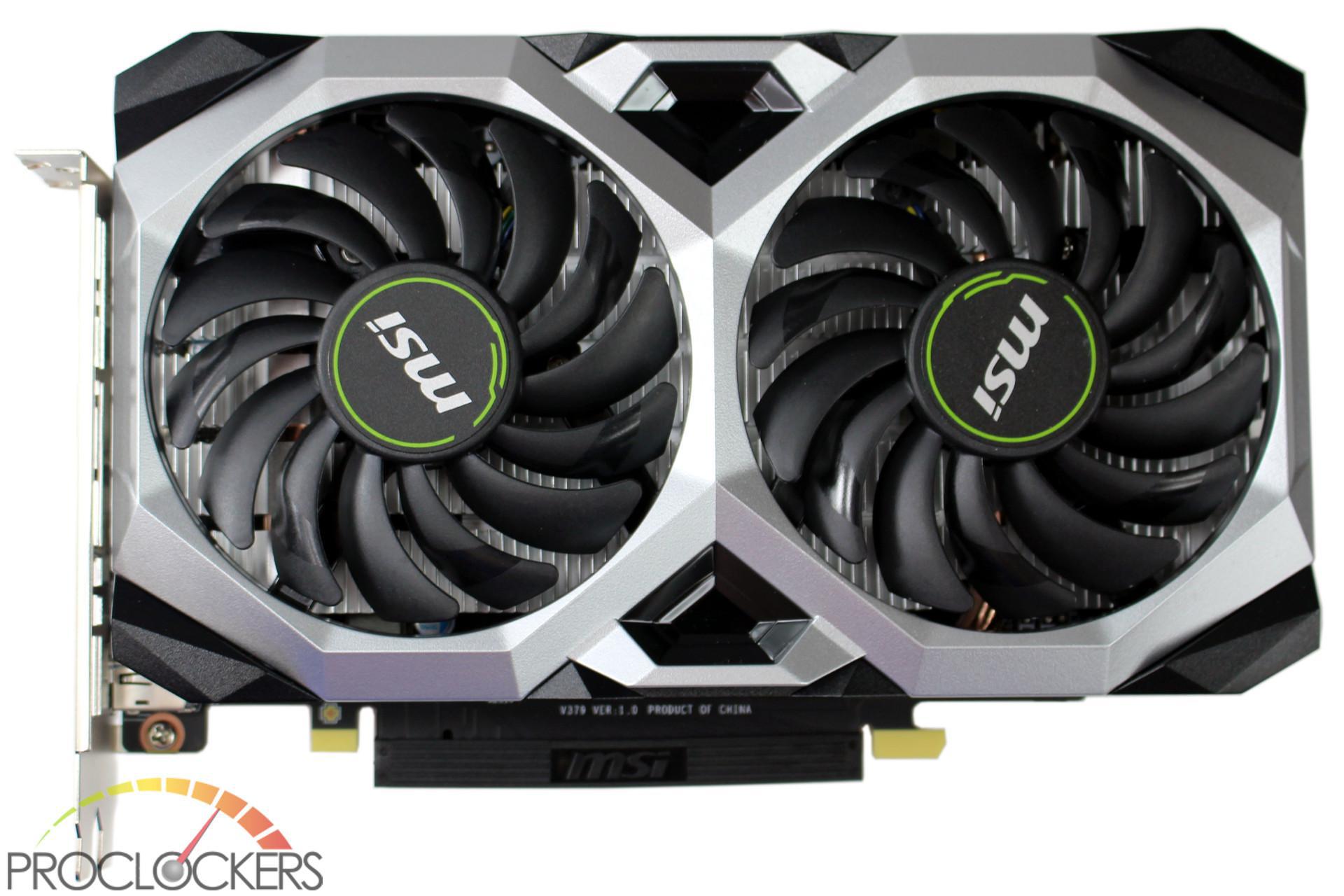
The twin fans cover the entire card. The angular lines of the shroud look nice with the contrasting silver and black color scheme. Each fan has an MSI logo that is perfectly centered and doesn’t wobble around with the fan running. The PCIe connector comes covered with a rubber cap.
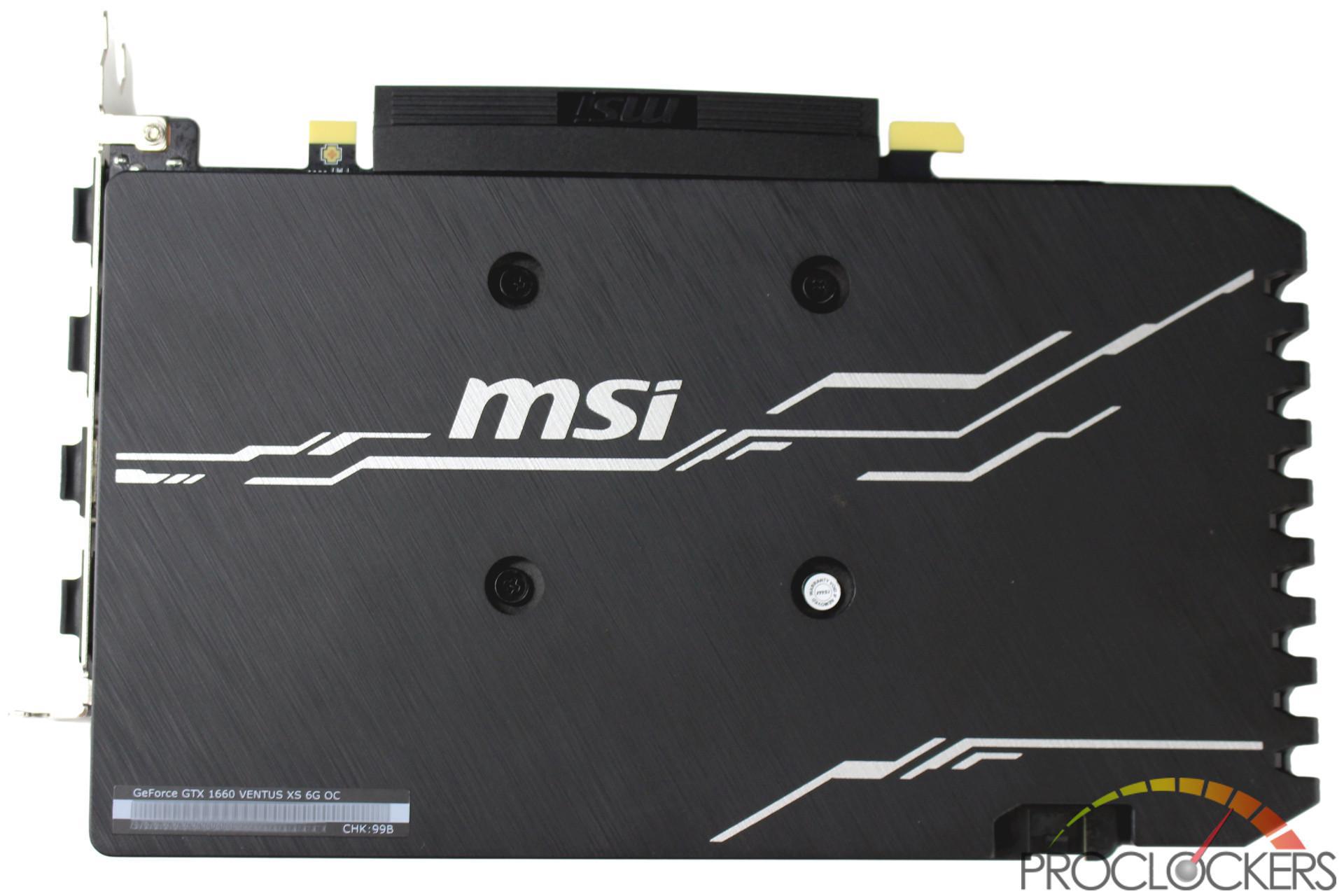
The full cover back plate has the MSI logo in white with a nice brushed finish.
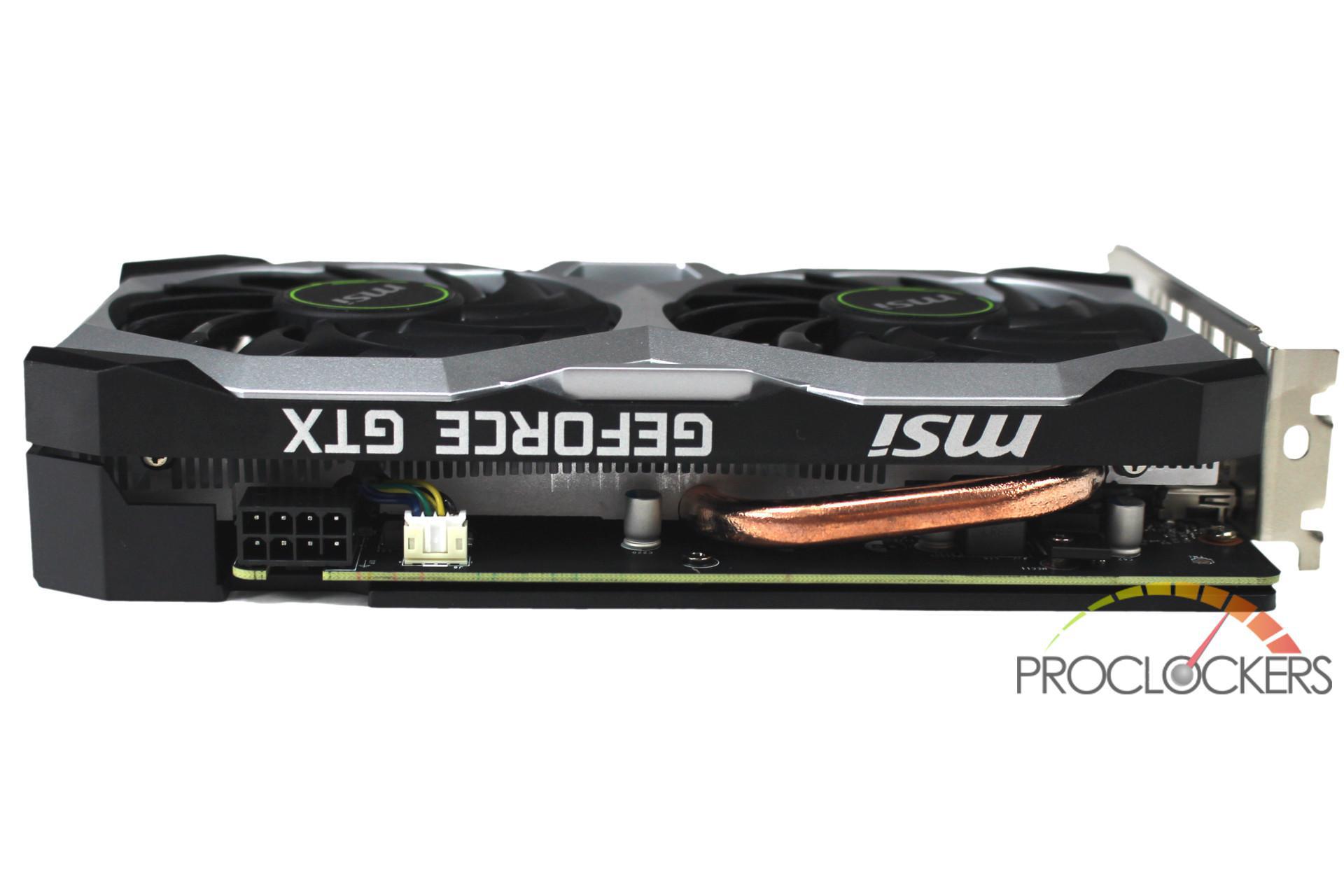
The side facing you when installed has the MSI logo as well as the GeForce GTX logos, neither lights up on this model. Part of the cooling system consists of a single massive heat pipe.
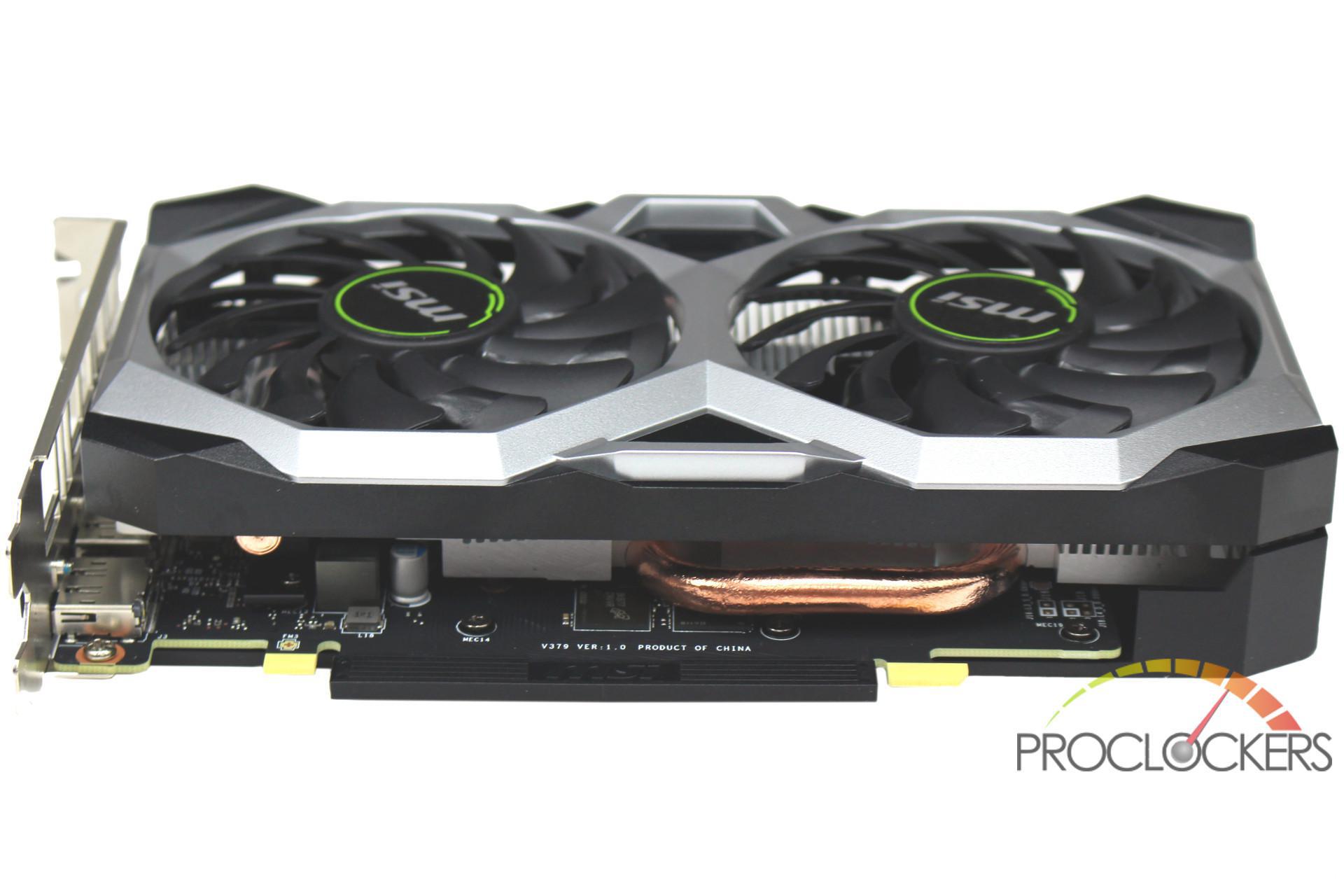
On the business side of the card, there isn’t too much to see beyond the PCIe X16 connector. You can see more of the single massive heat pipe that goes directly over the core and out either side in an S-shape through the heatsink.
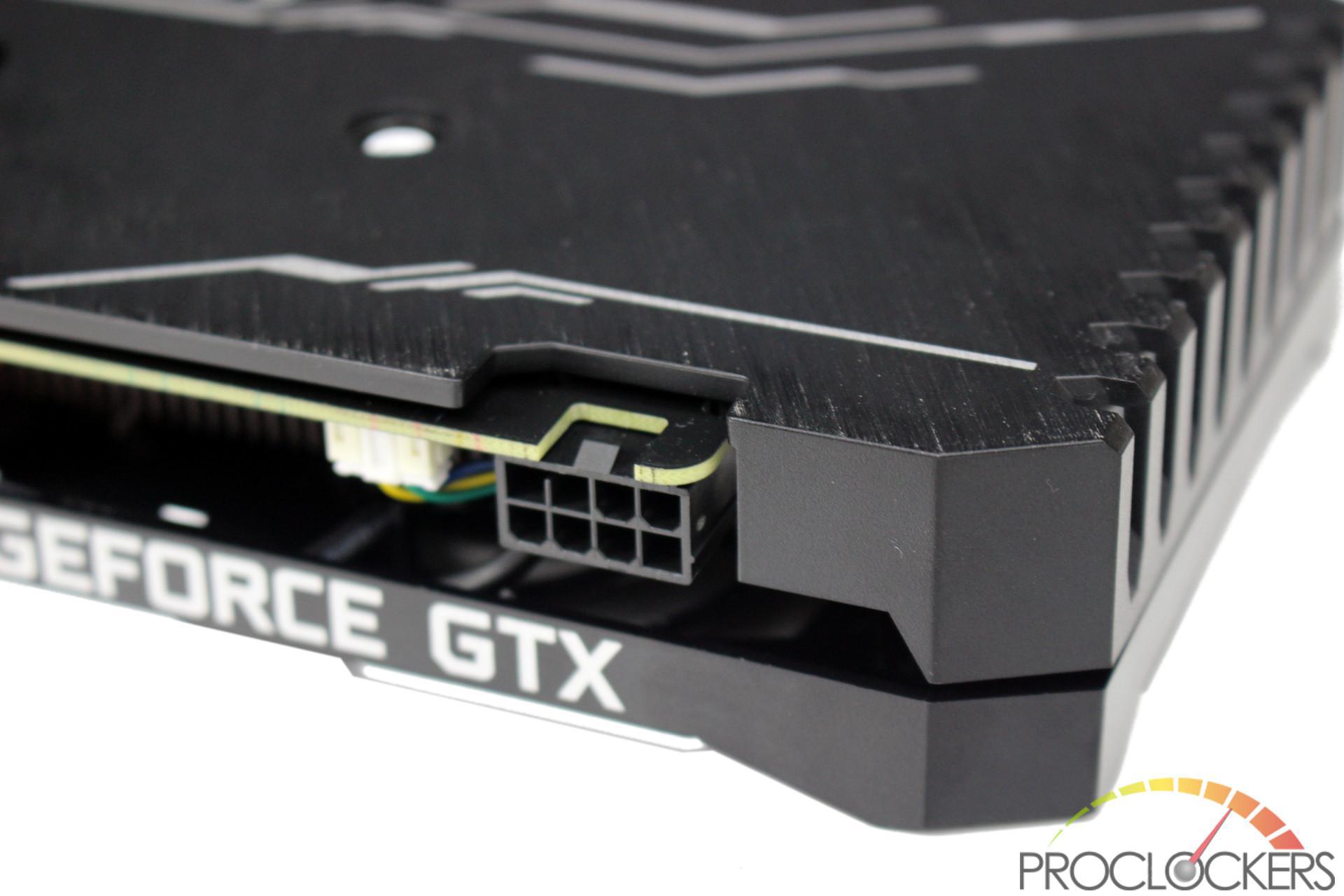
Power comes in on a single 8-Pin connection, providing 225W total to the card with the PCIe slot power budget, more than enough for the 120W TDP
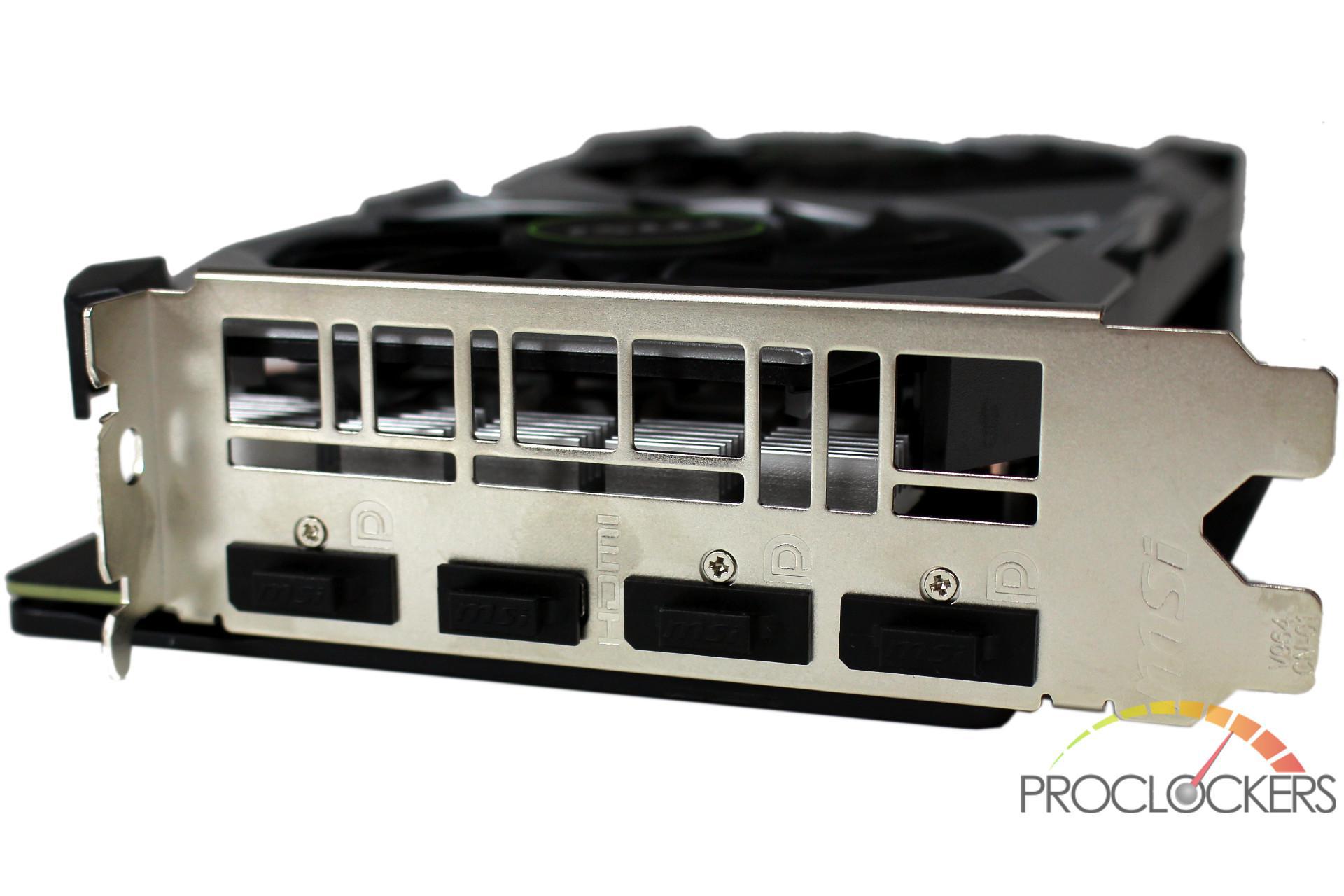
MSI ships the card with all of the connectors capped with rubber plugs. Notice how much the larger the PCB is and how much it extends beyond the edge of the rear bracket. Keep that in mind in smaller cases. This is one of the few Turing cards so far to stay within the 2-slot size.
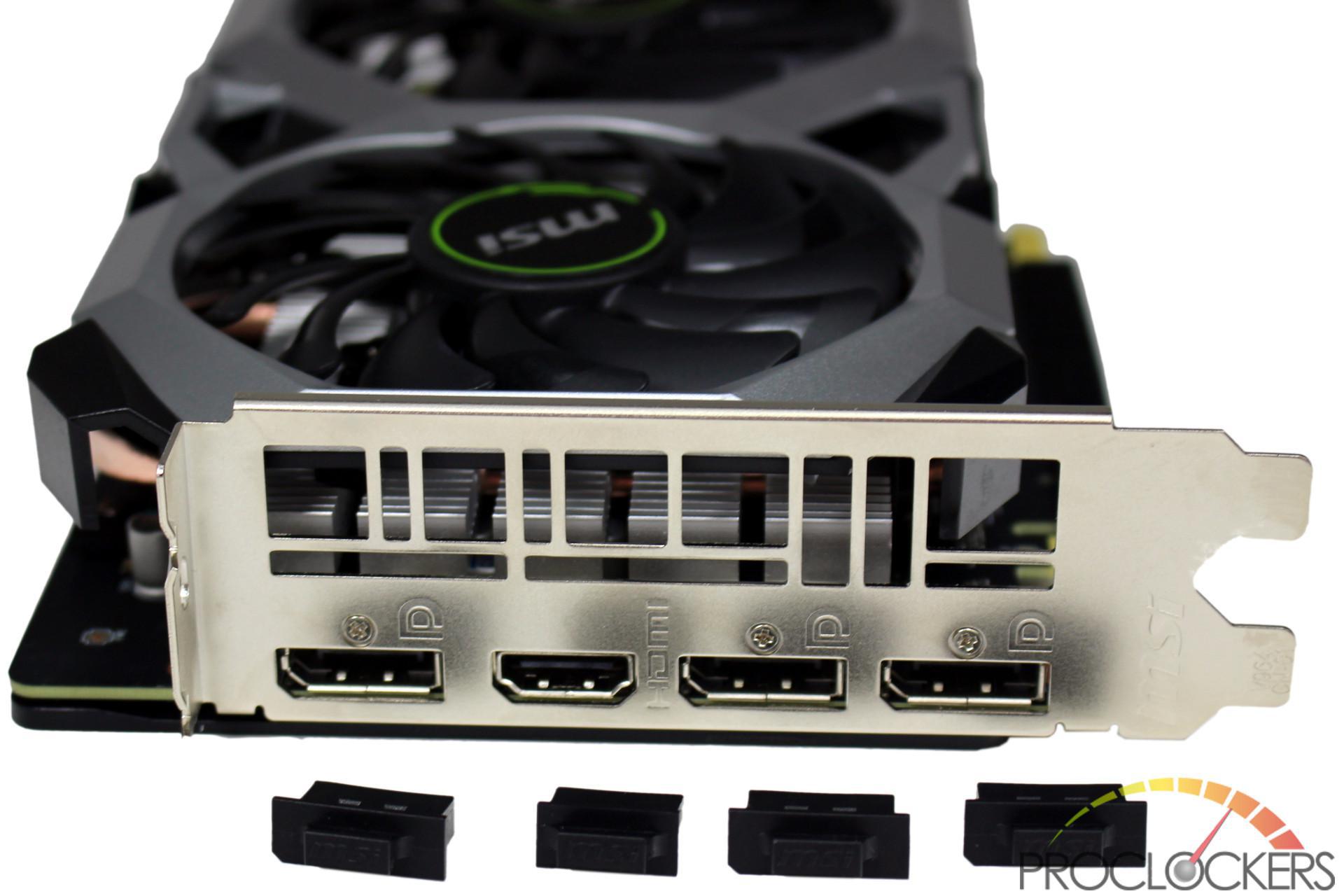
With the port plugs removed, we see three Display Port 1.4 connections, a single HDMI 2.0b.
System Configuration & Software
- CPU: Intel Core i7-8700K
- GPU: MSI GeForce GTX 1660 Ventus XS 6G OC
- Mobo: ASUS ROG Maximus XI Apex
- Ram: 16GB Silicon Power XPOWER Turbine 3200MHz C16
- SSD: Toshiba OCZ RD400 512GB
- Chassis: Streacom Open BenchTable
- OS: Microsoft Windows 10 Professional
All testing was performed at stock settings with the exception of system memory that had its XMP profile enabled.
MSI Afterburner
MSI Afterburner is the world’s most recognized and widely used graphics card overclocking utility which gives you full control of your graphics cards. It also provides an incredibly detailed overview of your hardware and comes with some additional features such as customizing fan profiles, benchmarking and video recording. MSI Afterburner is available completely free of charge and can be used with graphics cards from all brands.
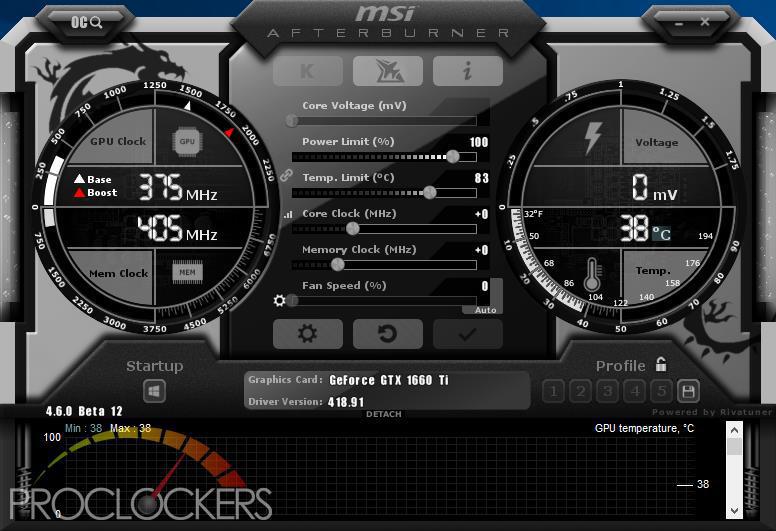
MSI Dragon Center
MSI’s latest software utility rolls the entire suite of tools up into one seamless one-stop-shop for total system control. Features include:
- Optimize game settings and enjoy a high-quality gaming experience.
- System performance tuning, you can choose overclock or silent.
- Monitor system information.
- Adjust the color of the screen display and enjoy better visual effects.
- Register your MSI products.
- Control the LED light effects and synchronize effects of your devices.
- Manage network connection settings.
- Use utilities to control special features.
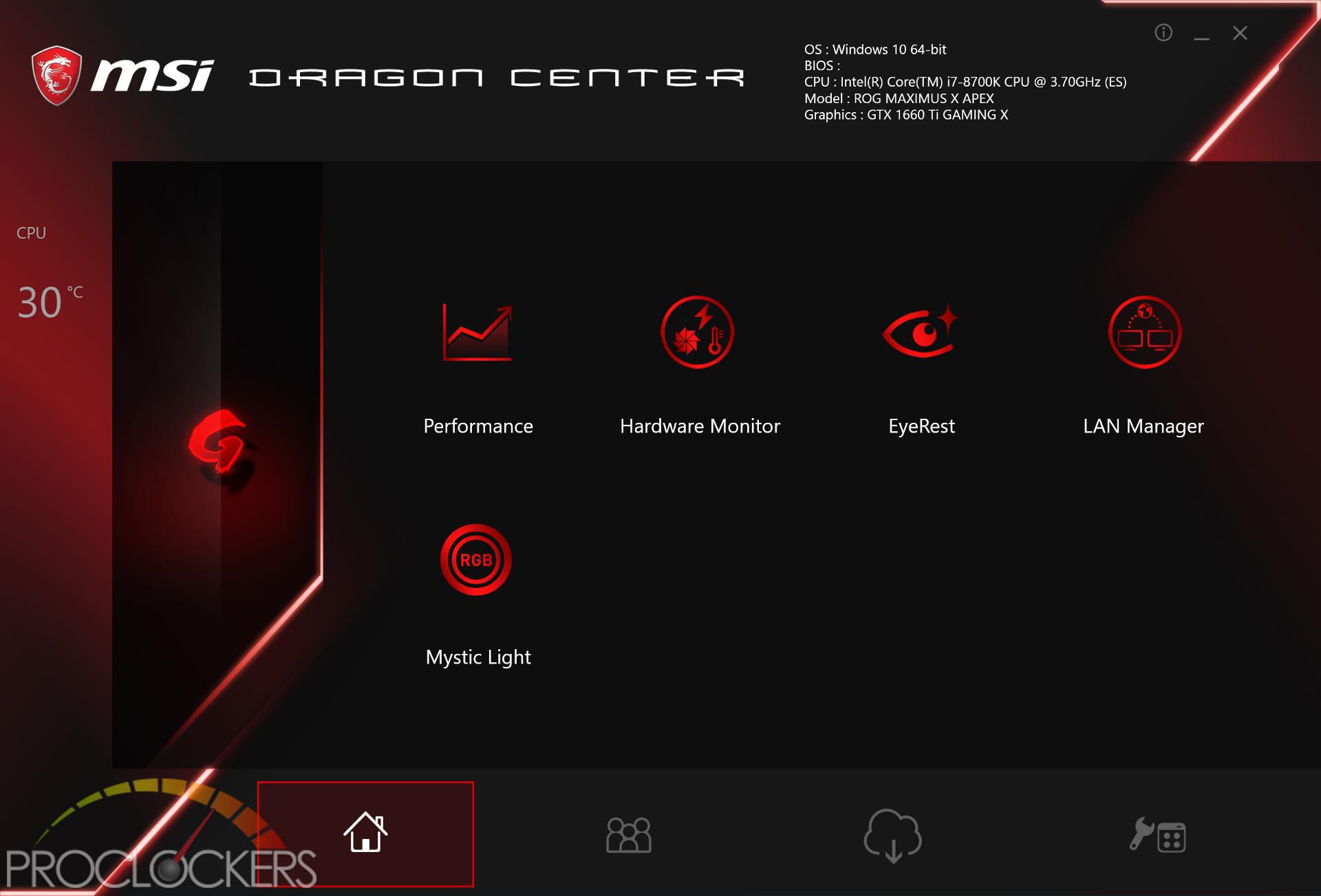
MSI Dragon Center rolls nearly all of the previous separate software packages up into one neat interface.
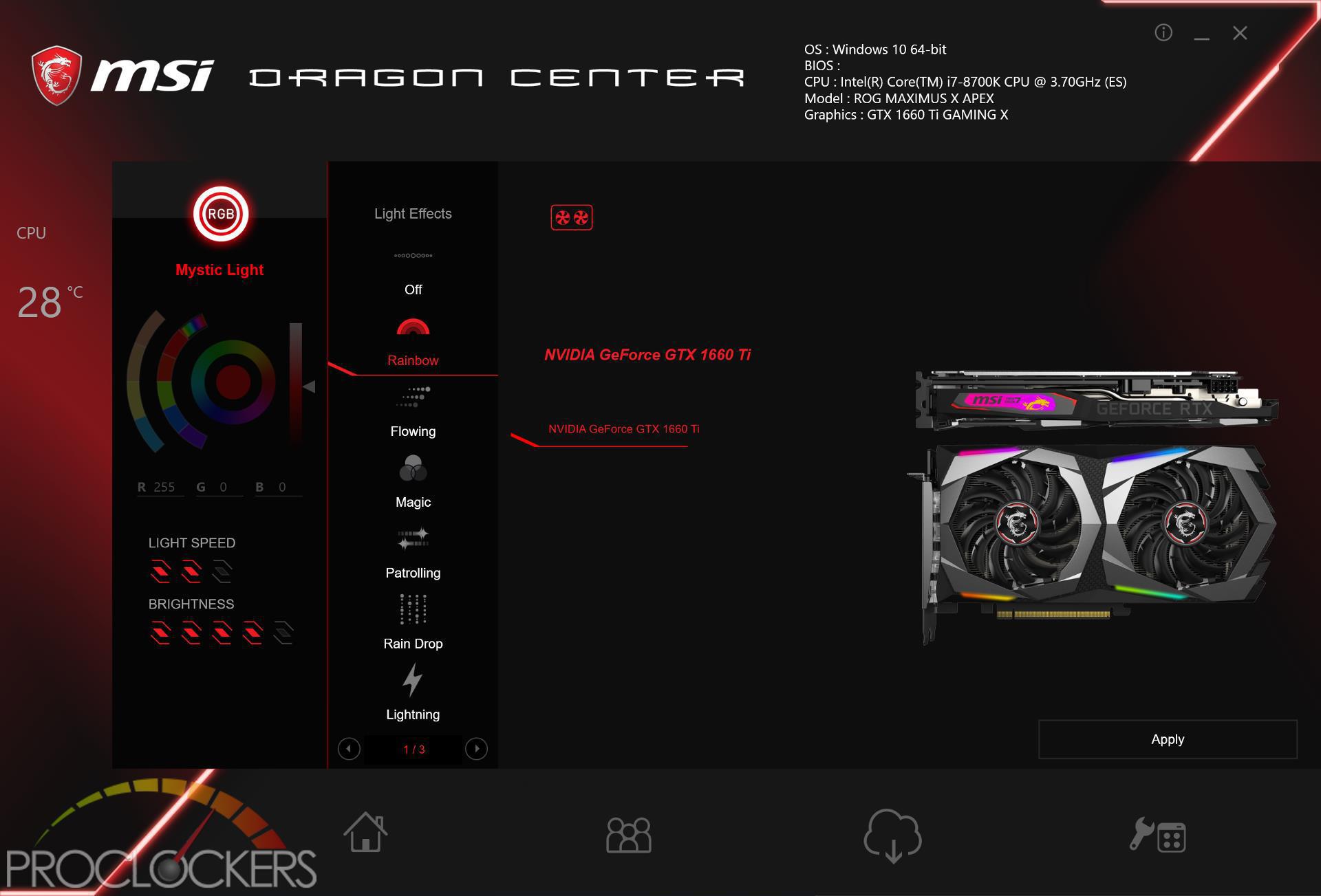
You get access to all of the lighting controls formerly found in the mystic light app.
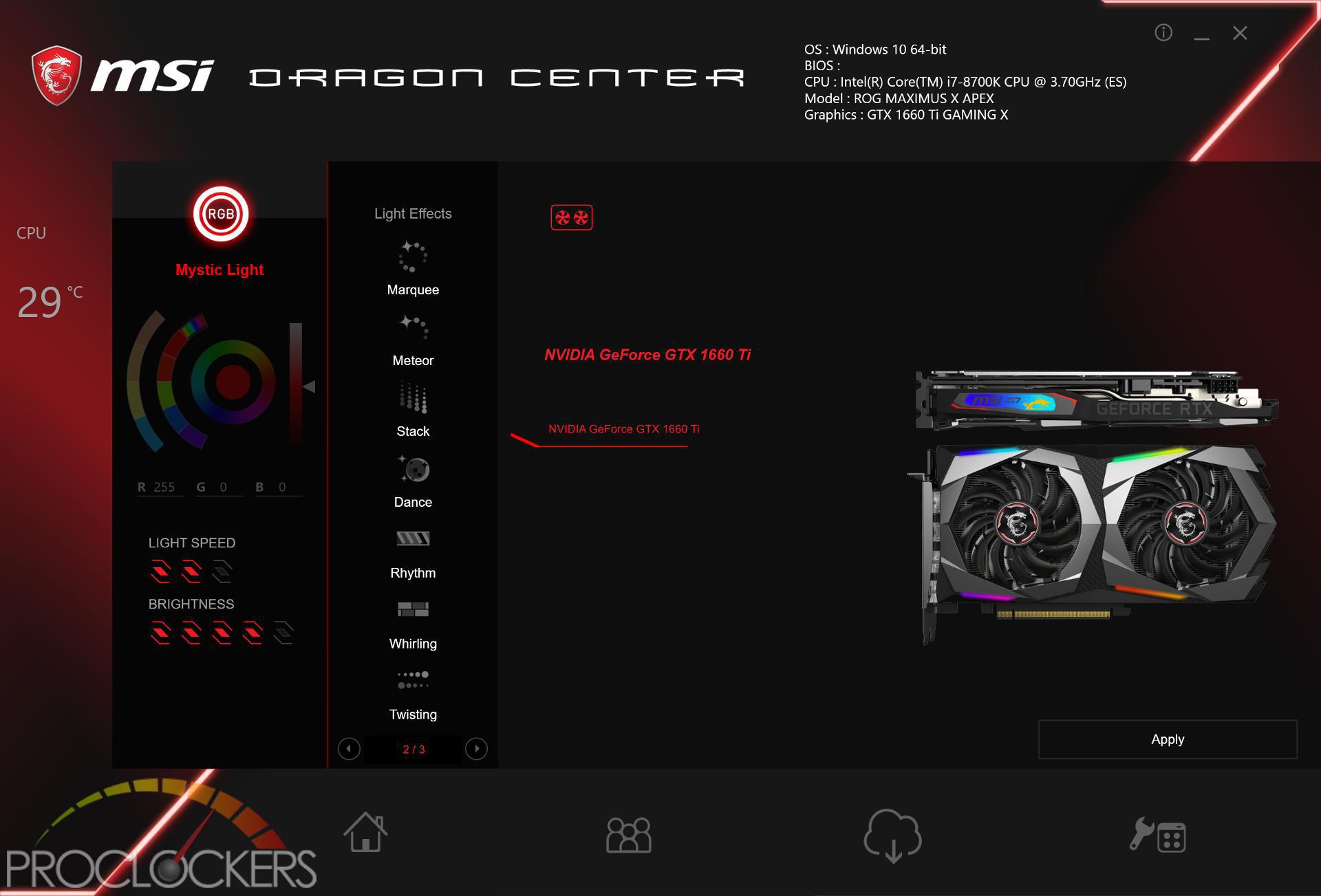
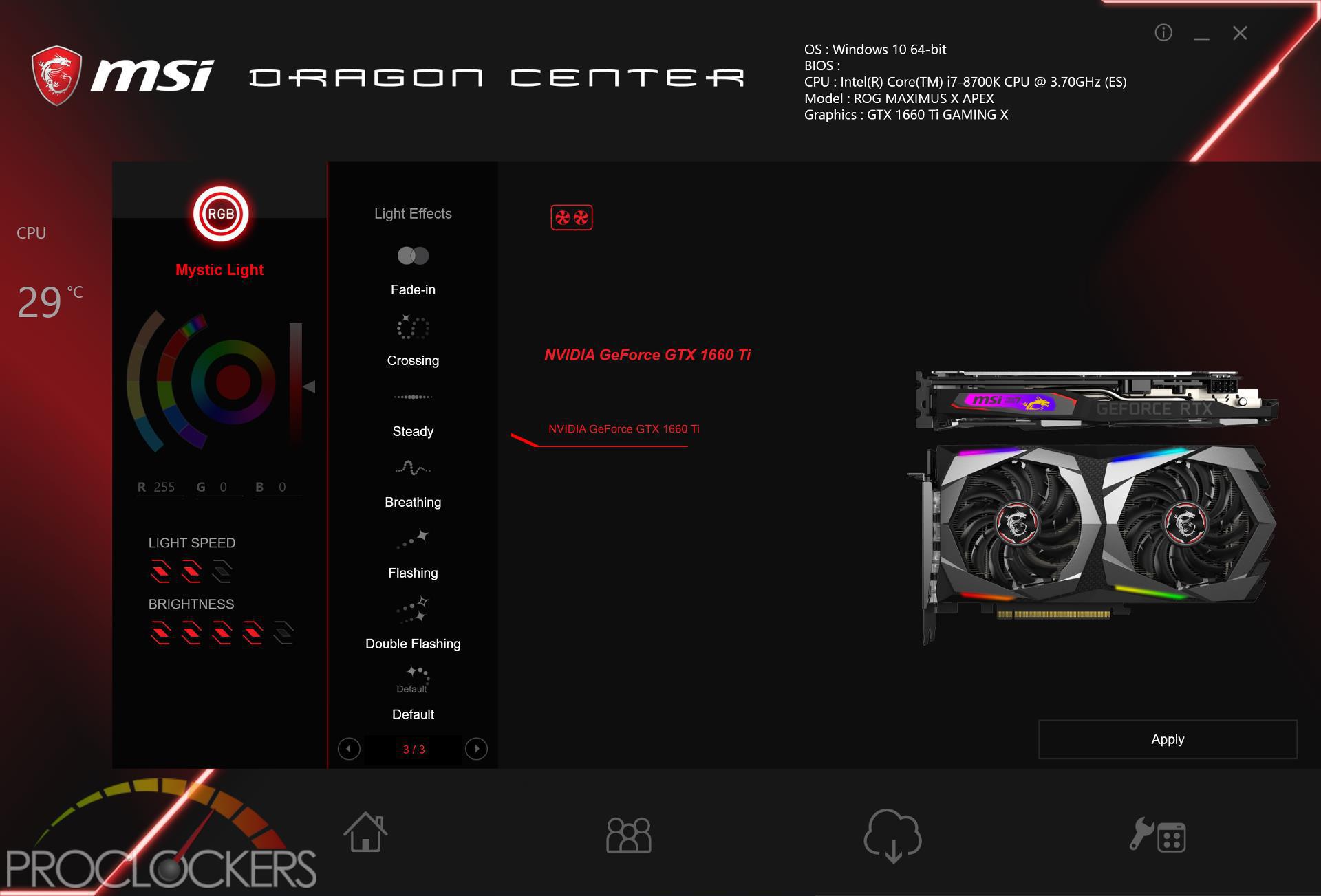
And just as many if not more effects, both static, dynamic and reactive.
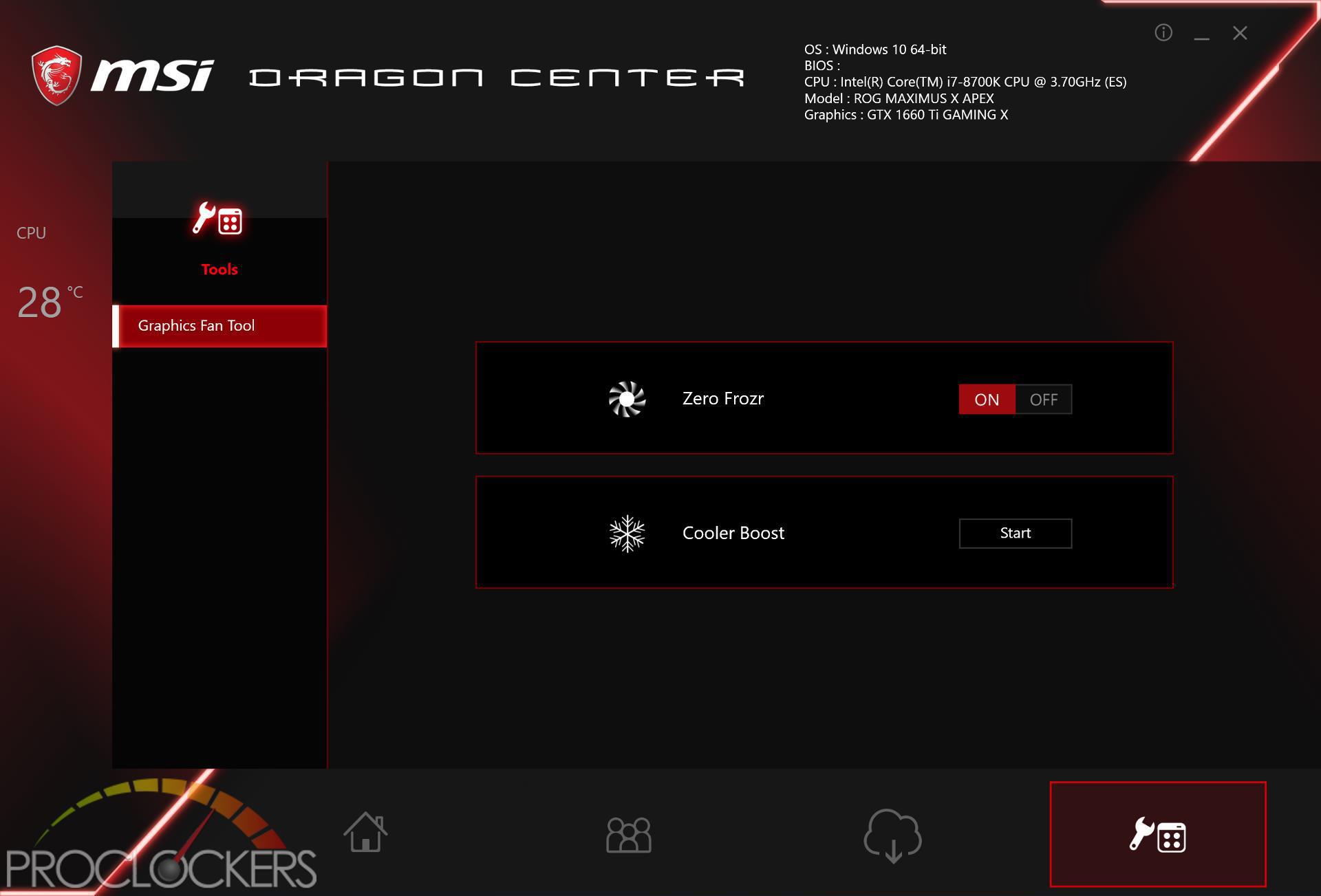
You can turn the Zero Frozr mode off and on, or even bump the fan speeds a little for even more cooling.
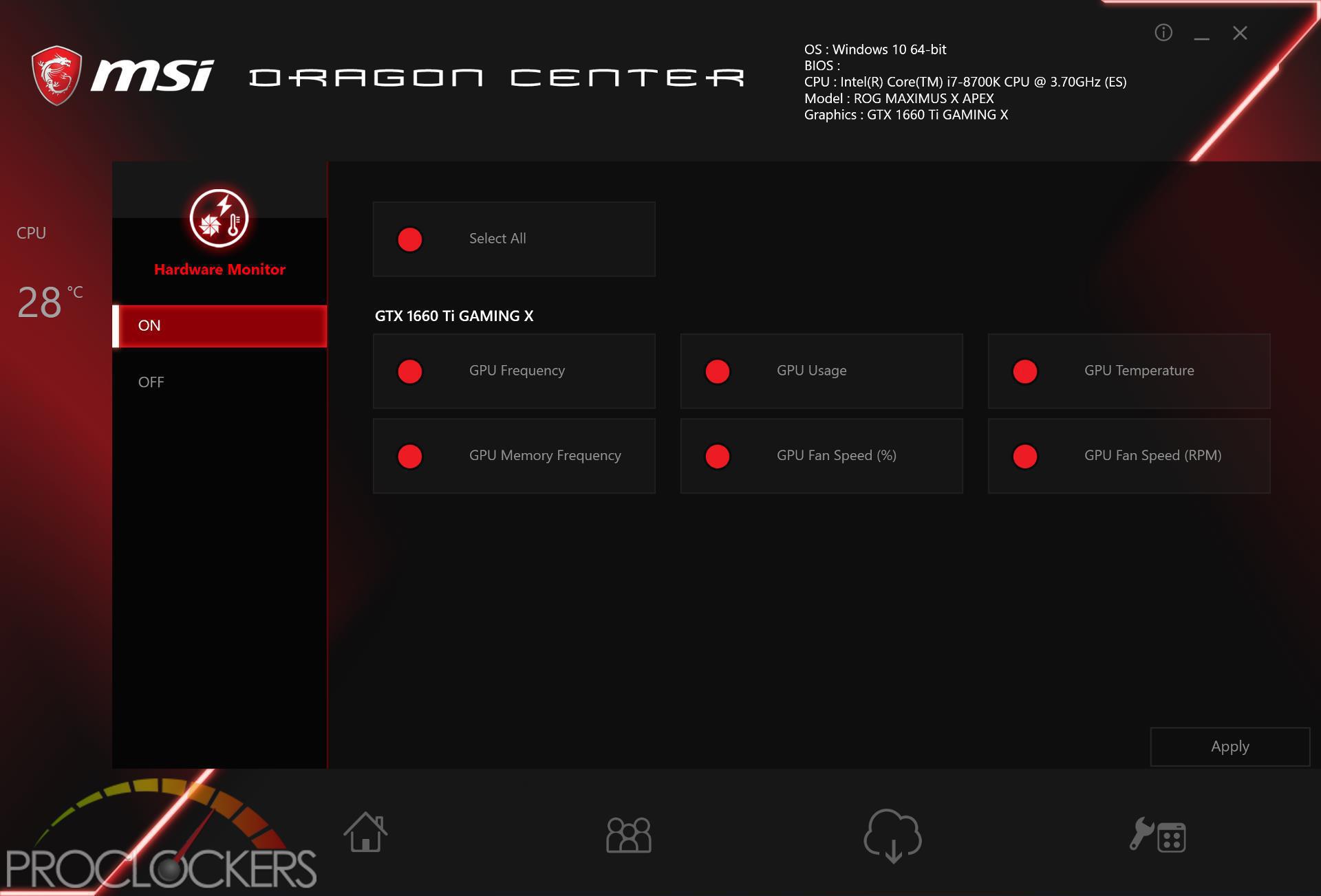
You can enable a hardware monitor to keep tabs on your GPU.
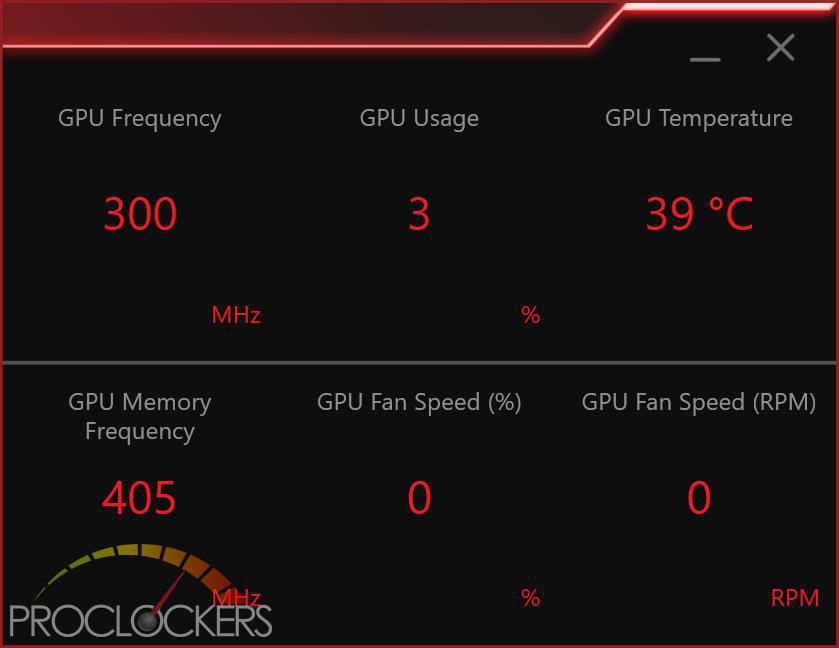
This is quite handy for benchmarking.
Synthetic Testing
Testing was performed at stock settings with the exception of system memory had its XMP profile applied. MSI’s GTX 1660 Ventus XS was left with its default ‘Gaming Profile’ enabled.
Futuremark 3DMark
3DMark includes everything you need to benchmark your PC and mobile devices in one app. Whether you’re gaming on a smartphone, tablet, notebook, or a desktop gaming PC, 3DMark includes a benchmark designed specifically for your hardware.
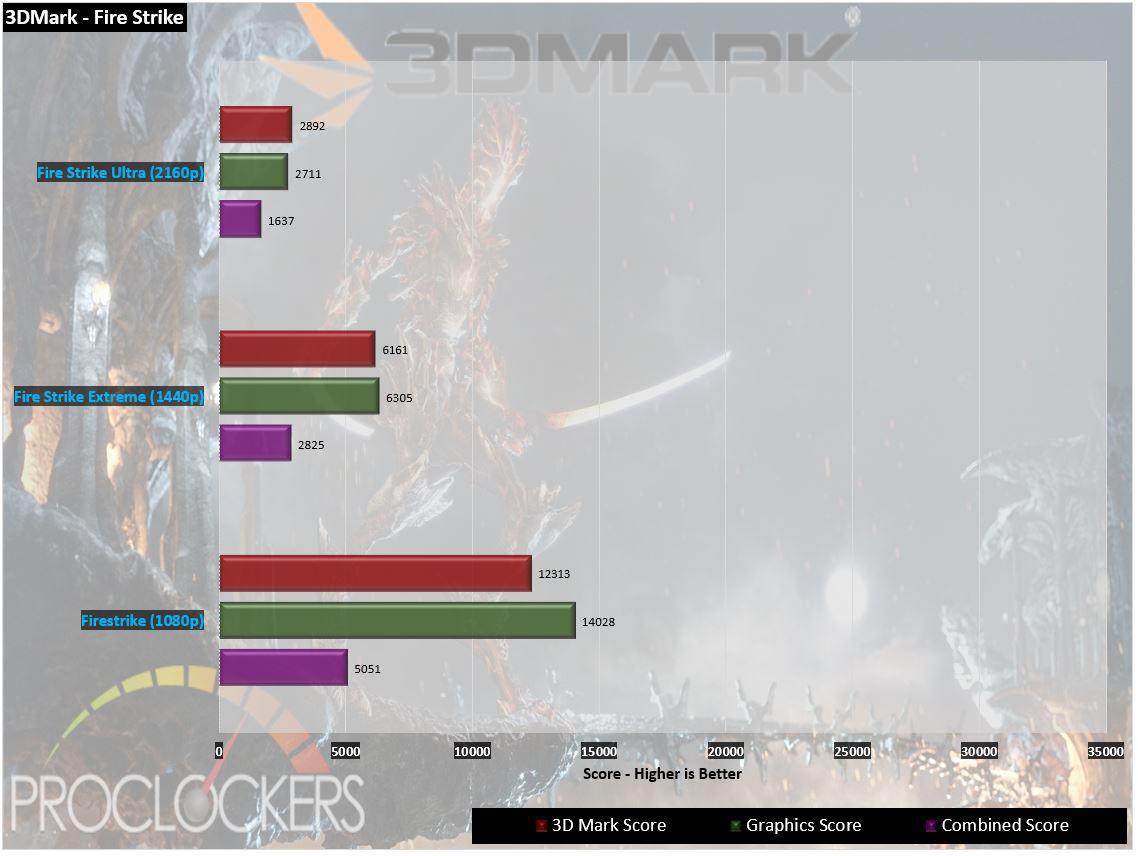
Firestrike shows the MSI GTX 1660 Ventus XS showing great performance in the 1080p and even the 1440p ‘Extreme’ tests. 4K is just a little too much.
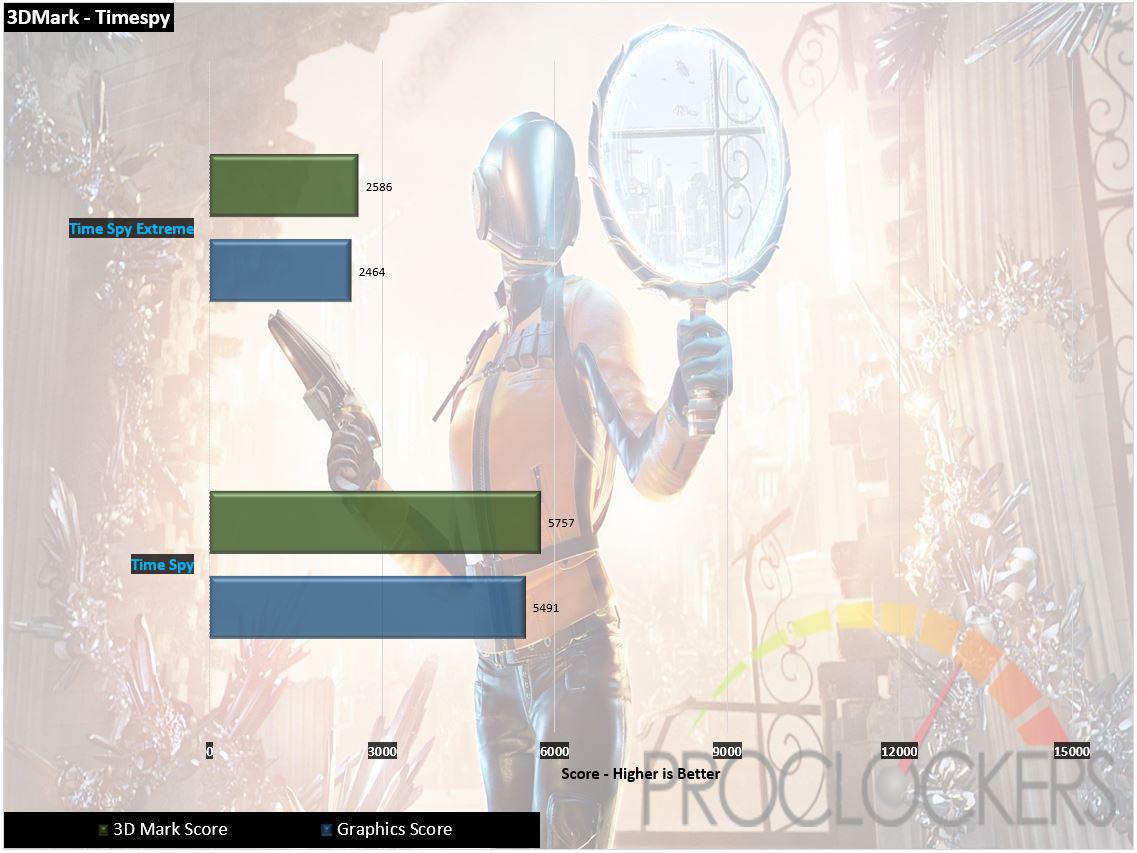
Timespy starts with a 1440p test and manages a playable ~33 FPS, but again the 4K based Extreme test struggles at around 15 FPS. For a card targeted at the 1080p crowd, this really isn’t bad at all.
Futuremark VRMark
The performance requirements for VR games are much higher than for typical PC games. So if you’re thinking about buying an HTC Vive or an Oculus Rift, wouldn’t you like to know that your PC is ready for VR?
VRMark includes three VR benchmark tests that run on your monitor, no headset required, or on a connected HMD. At the end of each test, you’ll see whether your PC is VR ready, and if not, how far it falls short.
Orange Room Test – The Orange Room benchmark shows the impressive level of detail that can be achieved on a PC that meets the recommended hardware requirements for the HTC Vive and Oculus Rift. If your PC passes this test, it’s ready for the two most popular VR systems available today.
Cyan Room Test – Cyan Room is a DirectX 12 benchmark. It features a large, complex scene and many eye-catching effects. Cyan Room shows how using an API with less overhead can help developers deliver impressive VR experiences even on modest PC systems.
Blue Room Test – The Blue Room is a much more demanding test. It’s ideal for benchmarking the latest graphics cards. With its massive 5K rendering resolution and spectacular volumetric lighting effects, the Blue Room sets the bar for future hardware generations.
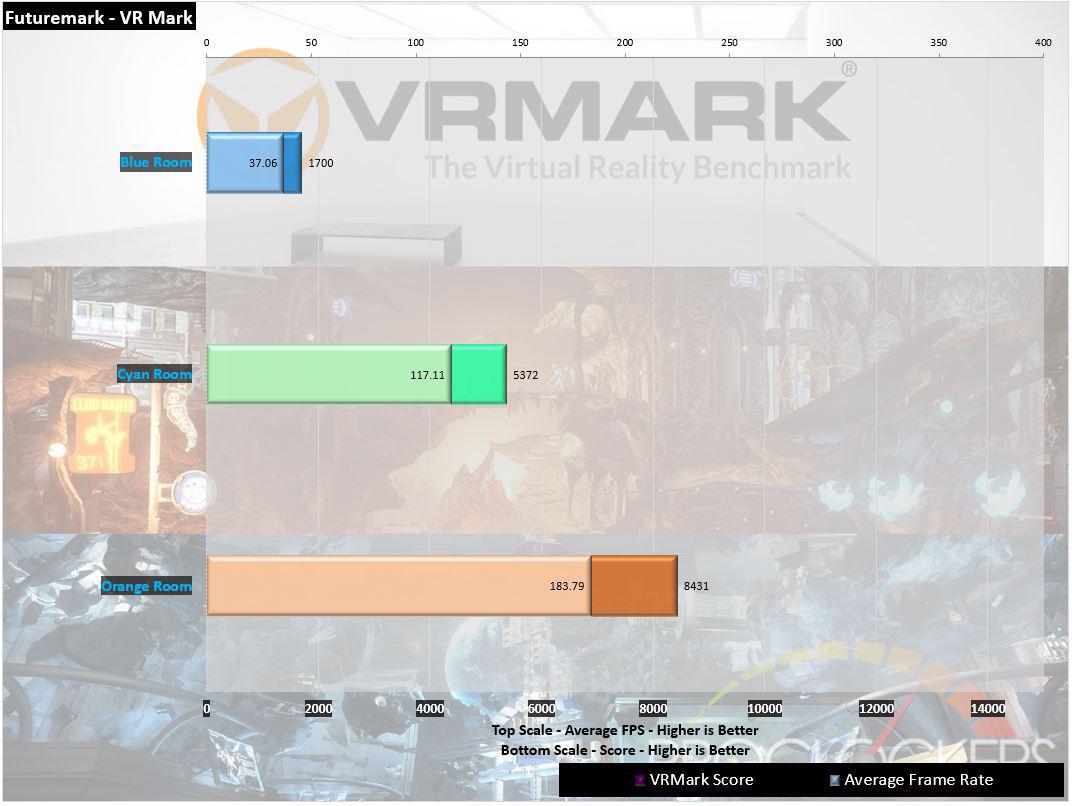
The 1660 Ventus XS 6G OC really shines in the Orange and Cyan tests, able to provide a great experience in VR in most systems. The Blue test takes its toll with an average of around 37FPS.
Unigine Heaven
Heaven Benchmark is a GPU-intensive benchmark that hammers graphics cards to the limits. This powerful tool can be effectively used to determine the stability of a GPU under extremely stressful conditions, as well as check the cooling system’s potential for maximum heat output.
The benchmark immerses a user into a magical steampunk world of shiny brass, wood, and gears. Nested on flying islands, a tiny village with its cozy, sun-heated cobblestone streets, and a majestic dragon on the central square gives a true sense of adventure. An interactive experience with fly-by and walk-through modes allows for exploring all corners of this world powered by the cutting-edge UNIGINE Engine that leverages the most advanced capabilities of graphics APIs and turns this bench into a visual masterpiece.
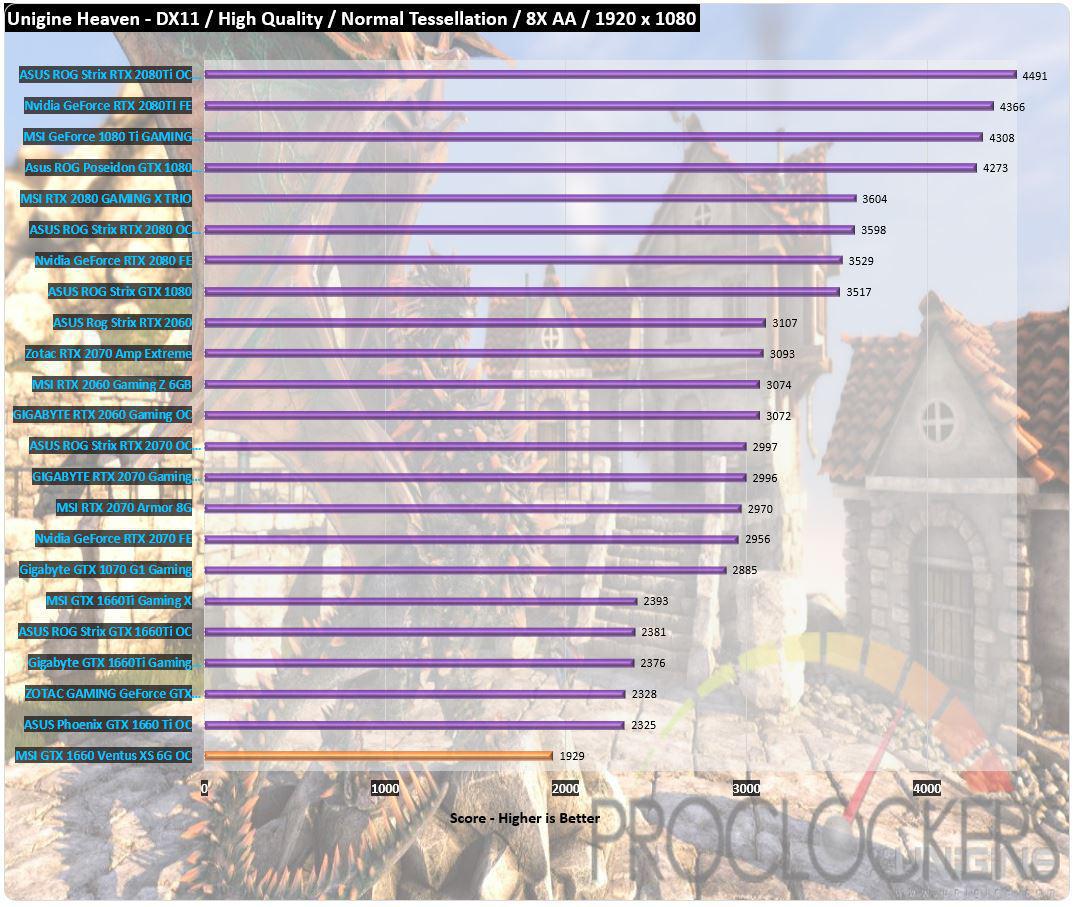
Our 1080P heaven run comes in at a solid 76 FPS placing it just behind 1660Ti cards.
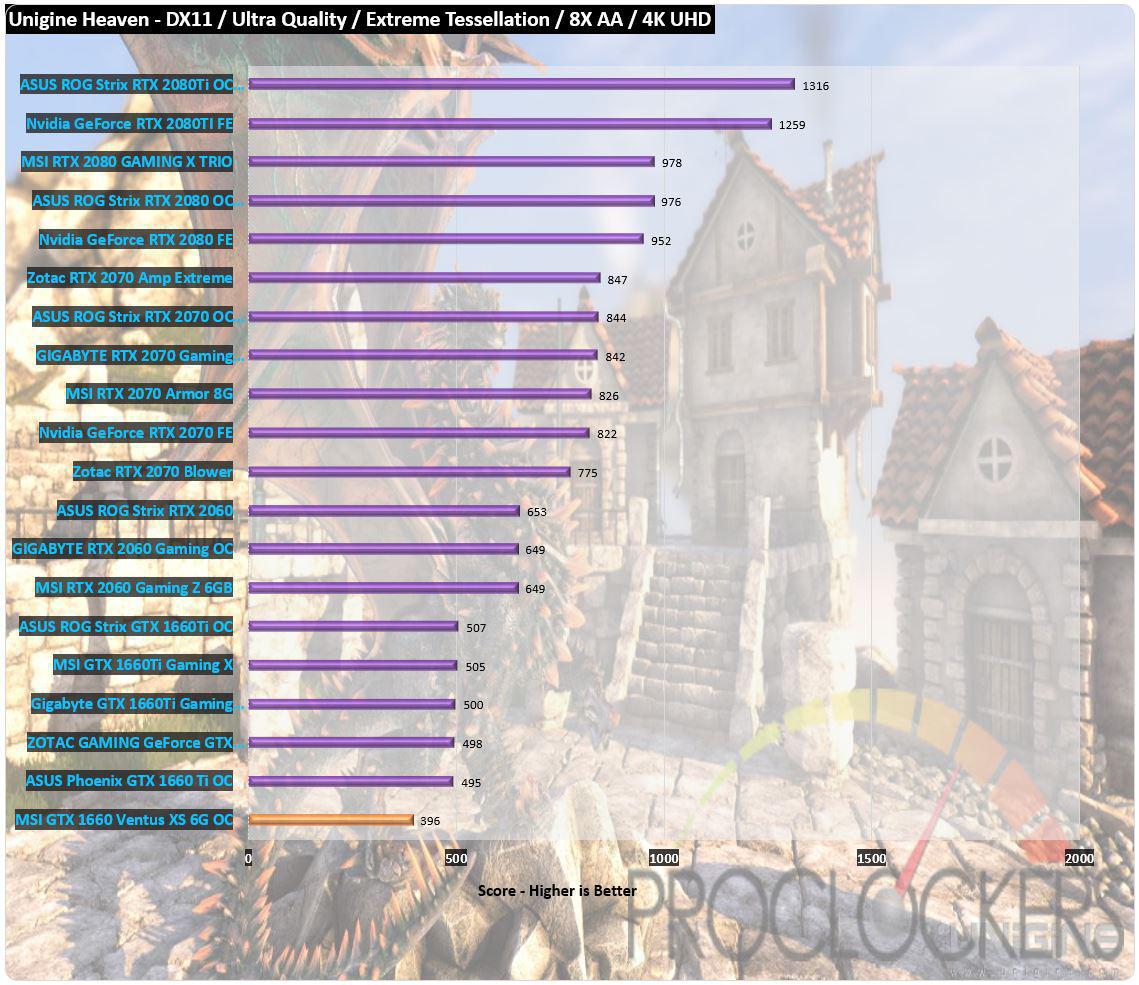
Maxing out the settings and moving up to 4K gives us 16 FPS. That’s ok, this card really isn’t meant for 4K gaming.
Unigine Superposition
Extreme performance and stability test for PC hardware: video card, power supply, cooling system. Check your rig in stock and overclocking modes with a real-life load! Also includes interactive experience in a beautiful, detailed environment.
A lone professor performs dangerous experiments in an abandoned classroom, day in and day out. Obsessed with inventions and discoveries beyond the wildest dreams, he strives to prove his ideas.
Once you come to this place in the early morning, you would not meet him there. The eerie thing is a loud bang from the laboratory heard a few moments ago. What was that? You have the only chance to cast some light upon this incident by going deeply into the matter of quantum theory: thorough visual inspection of professor’s records and instruments will help to lift the veil on the mystery.
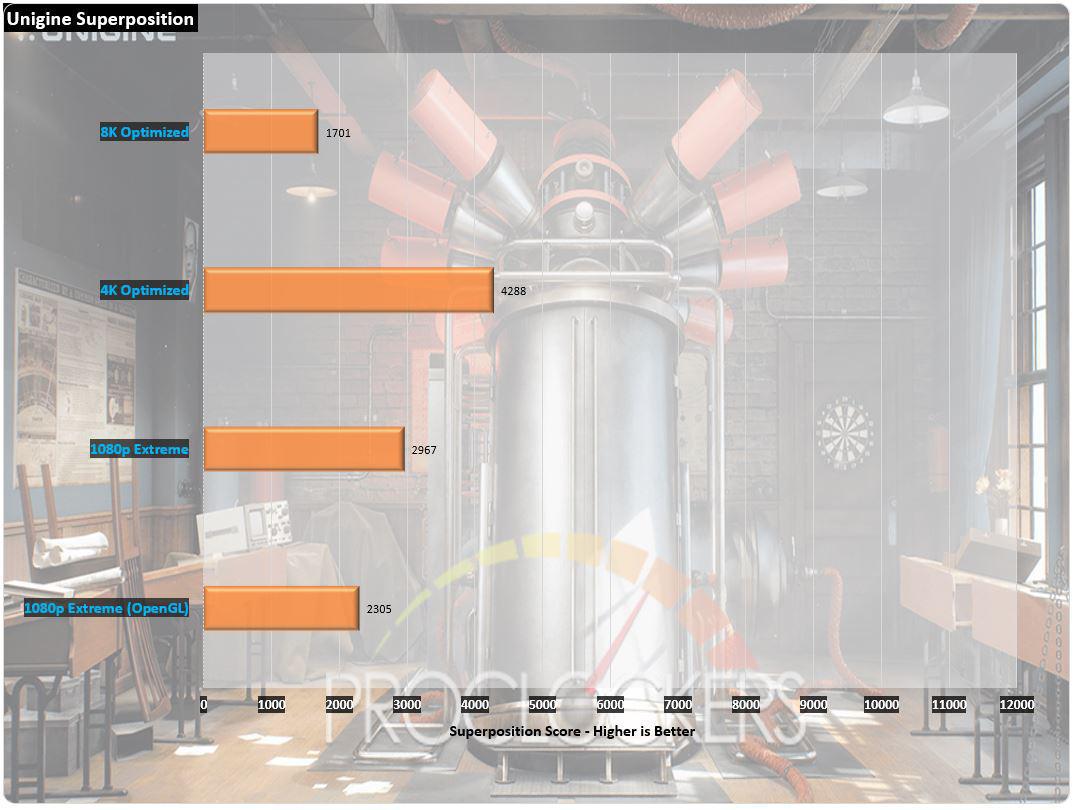
Superposition shops great performance in 1080p, even at maximum settings, 4K optimized even does well. 8K takes a hit because it actually requires slightly more than the 6GB of memory on the card.
Game Testing
Ashes of the Singularity
Planet by planet, a war is raging across the galaxy. The technological singularity has given humanity the power to expand further than they ever have before. Now, they compete with each other and their sentient artificial intelligence adversaries for control of newfound worlds.
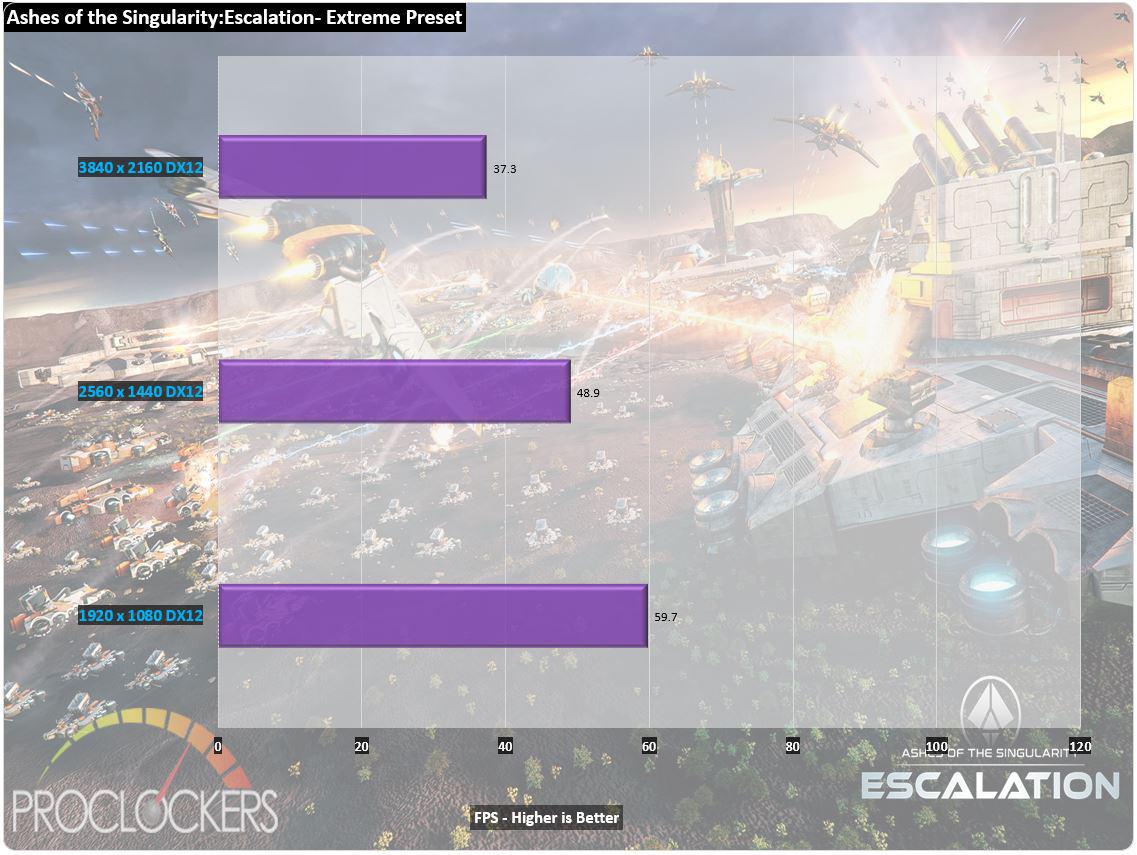
MSI’s GTX 1660 Ventus XS 6G OC provides very playable frame rates in Ashes of the Singularity, hugging the 60 FPS mark in 1080p and still holding on to playable frame rates at 1440p. 4K is starting to take its toll, but we still see around 37 FPS.
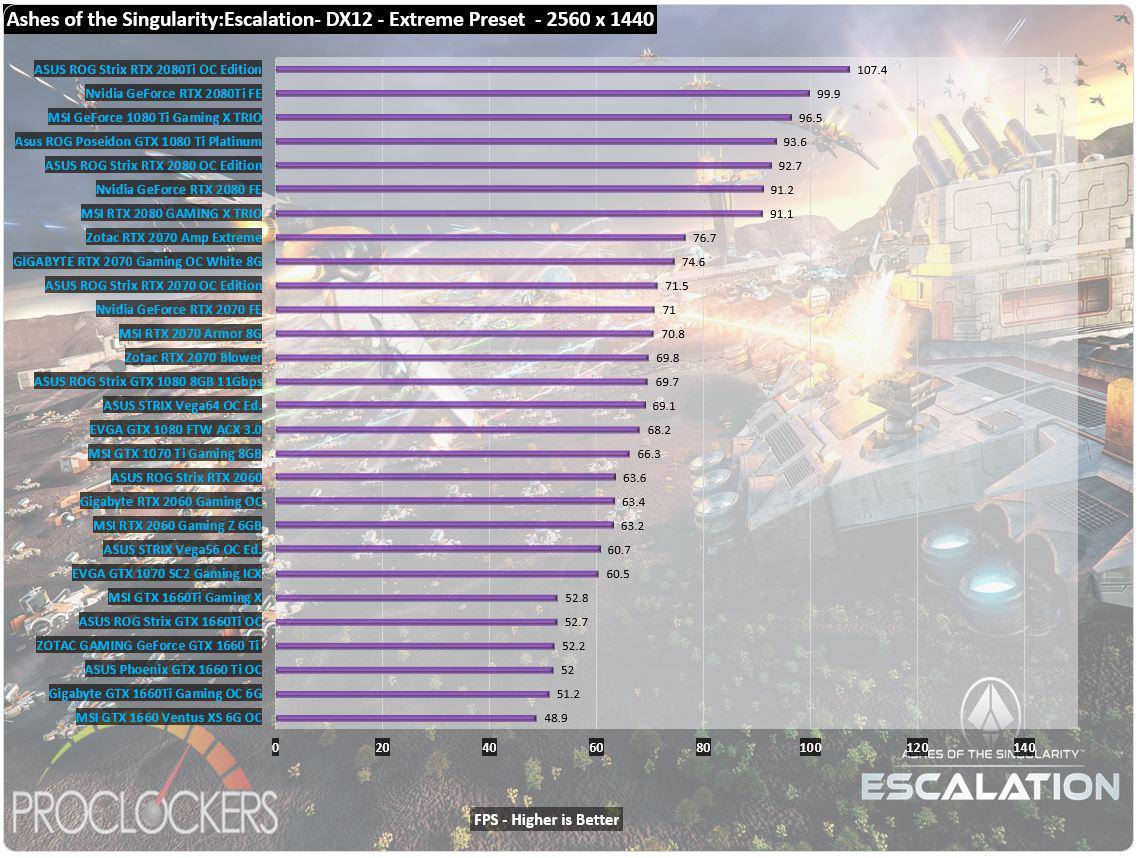
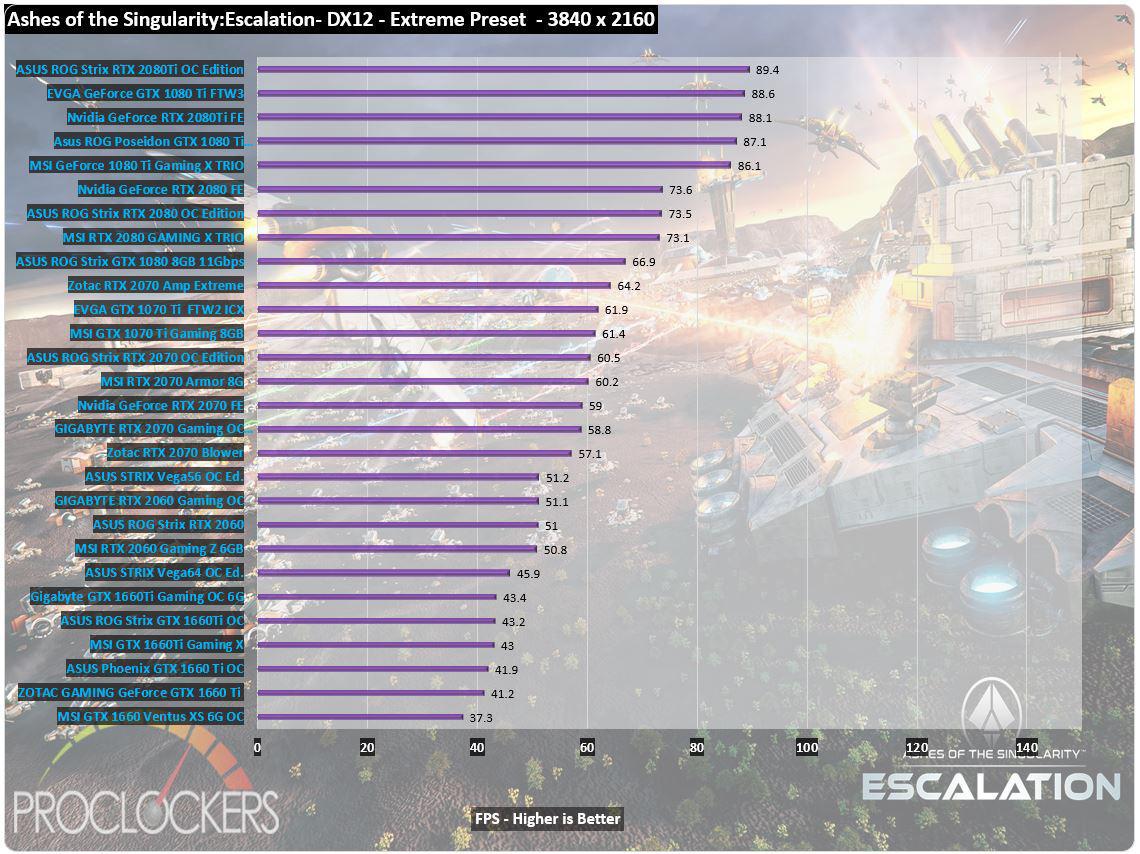
For a more affordable card, it sits exactly where it should on the charts and provides a good experience in 1080p and 1440p.
Far Cry 5
Anything can happen. Everything will.
Welcome to Hope County, Montana, land of the free and the brave, but also home to a fanatical doomsday cult—known as The Project at Eden’s Gate—that is threatening the community’s freedom. Stand up to the cult’s leaders, Joseph Seed, and the Heralds, as you spark the fires of resistance that will liberate the besieged community.
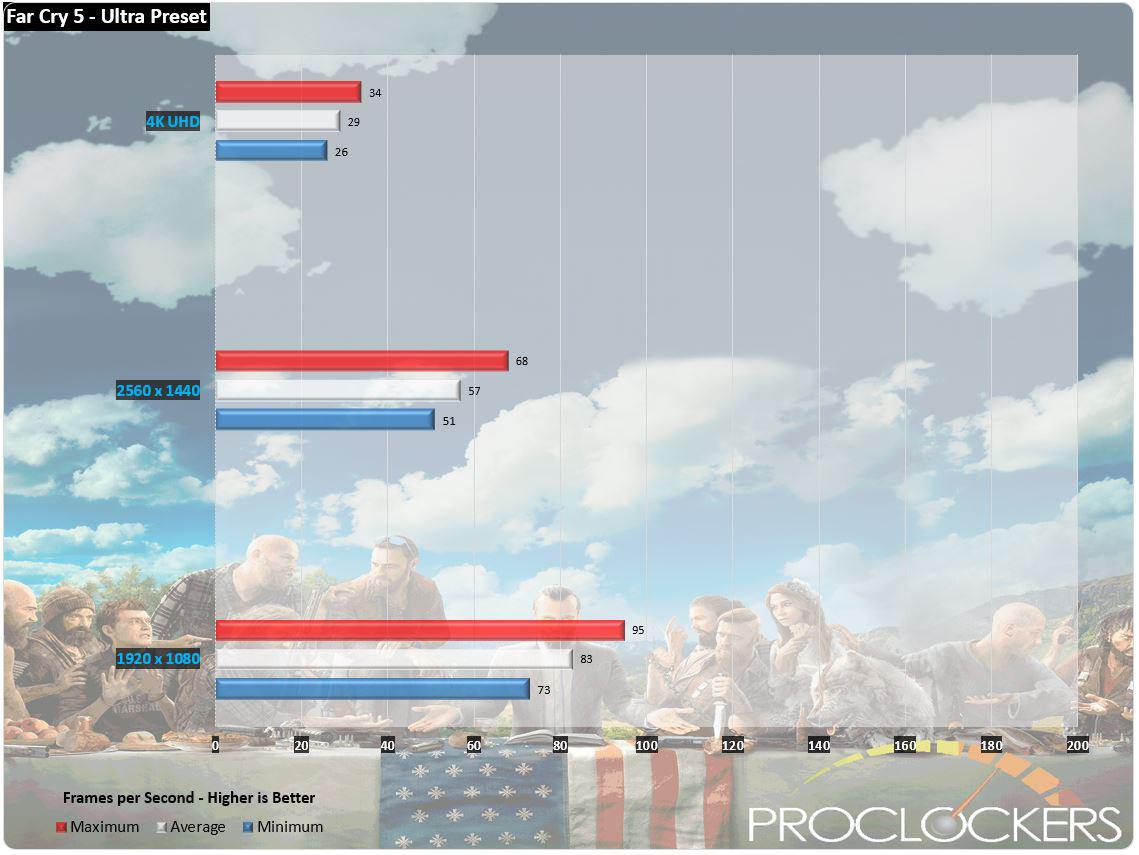
Far Cry 5 shows awesome performance, even up at the 1440p level with the 1660 Ventus XS 6G OC holding the average near the 60-fps sweet spot at max settings. You could even do 4K with the eye candy preset lowered a notch or two on a 30hz screen.
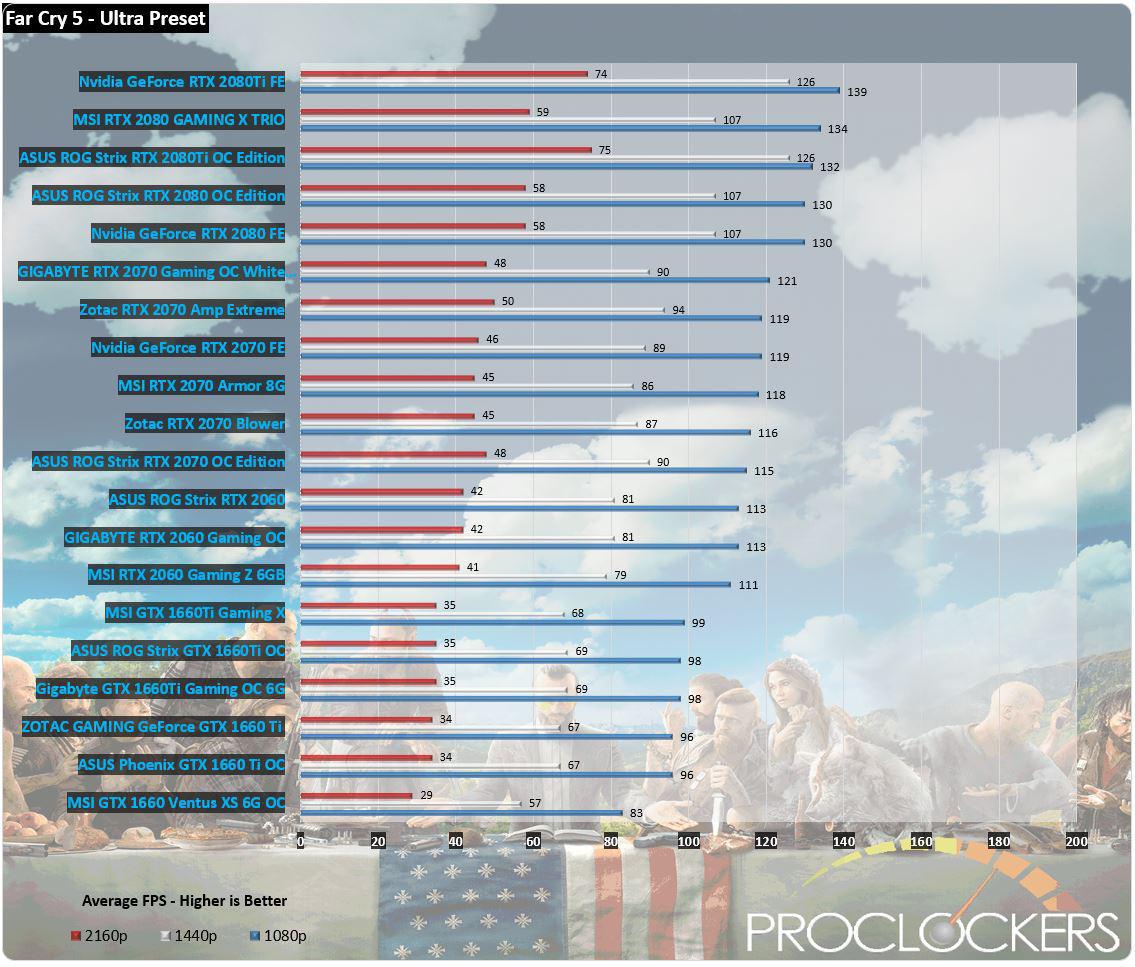
We again see the 1660 trailing the GTX 1660Ti cards only by a small amount.
Middle-Earth: Shadow of War
In the epic sequel to the award-winning Middle-earth: Shadow of Mordor, go behind enemy lines to forge an army, conquer Fortresses and dominate Mordor from within. Experience how the award-winning Nemesis System creates unique personal stories with every enemy and follower, and confront the full power of the Dark Lord Sauron and his Ringwraiths in this epic new story of Middle-earth.
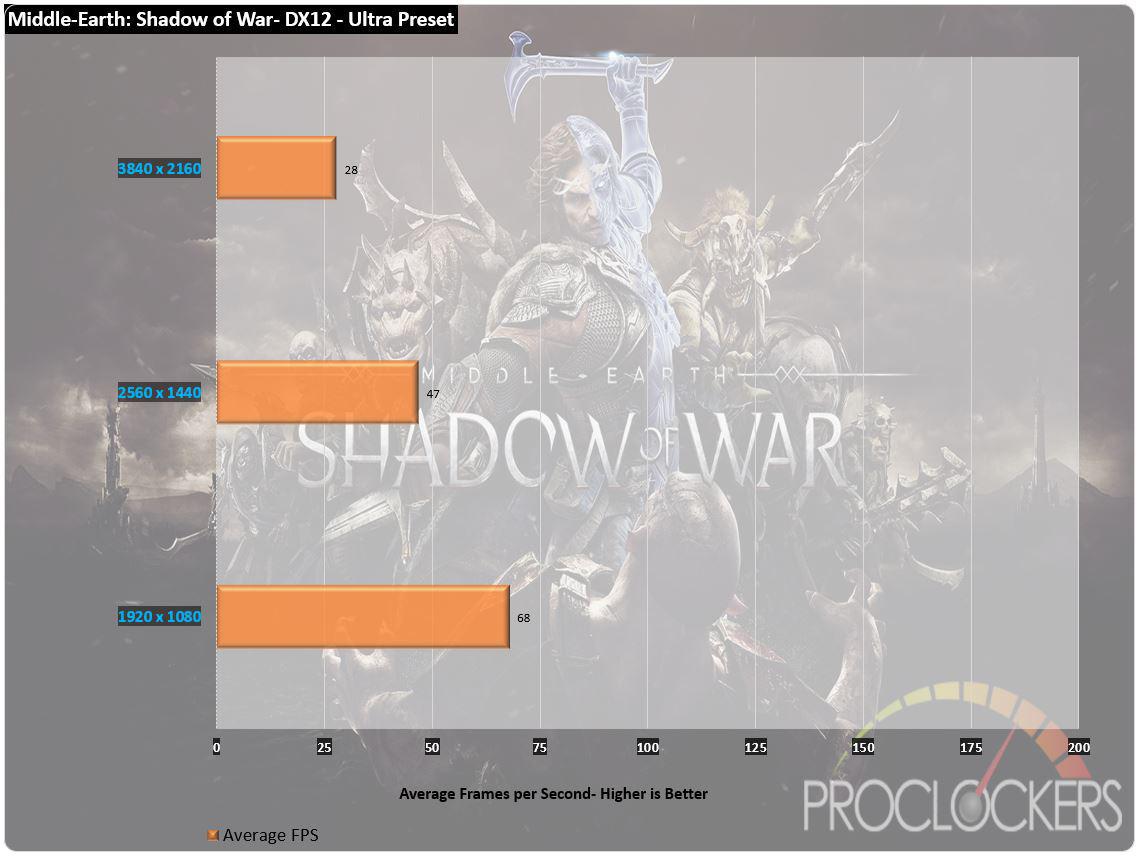
In Shadow of War, the 1660 Ventus XS 6G OC stays above 60 FPS at 1080p. 1440p is still quite playable.
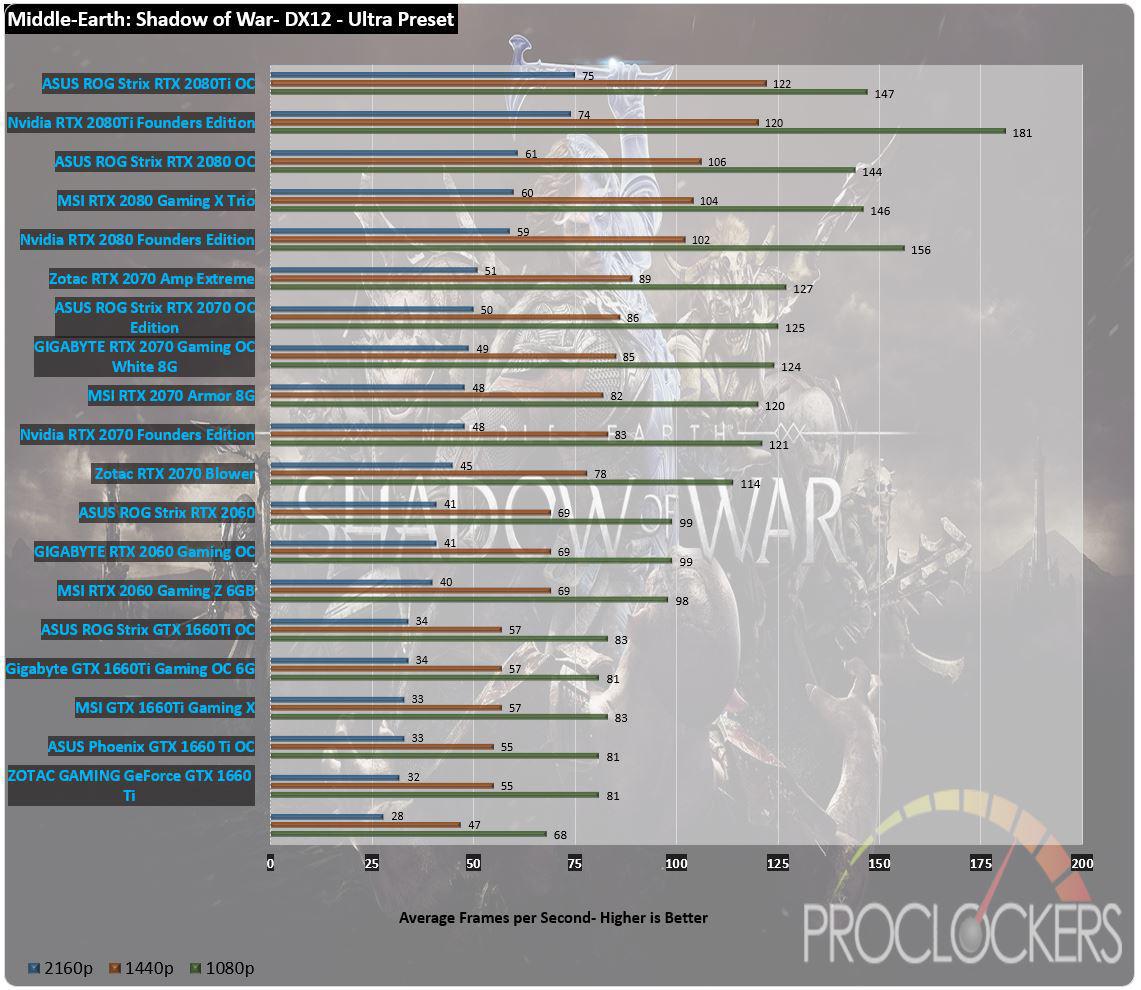
The GTX 1660 Ventus XS 6G OC slides into the charts right under the bigger GTX 1660Ti cards with only a small FPS drop.
Shadow of the Tomb Raider
Experience Lara Croft’s defining moment as she becomes the Tomb Raider. In Shadow of the Tomb Raider, Lara must master a deadly jungle, overcome terrifying tombs, and persevere through her darkest hour. As she races to save the world from a Maya apocalypse, Lara will ultimately be forged into the Tomb Raider she is destined to be.
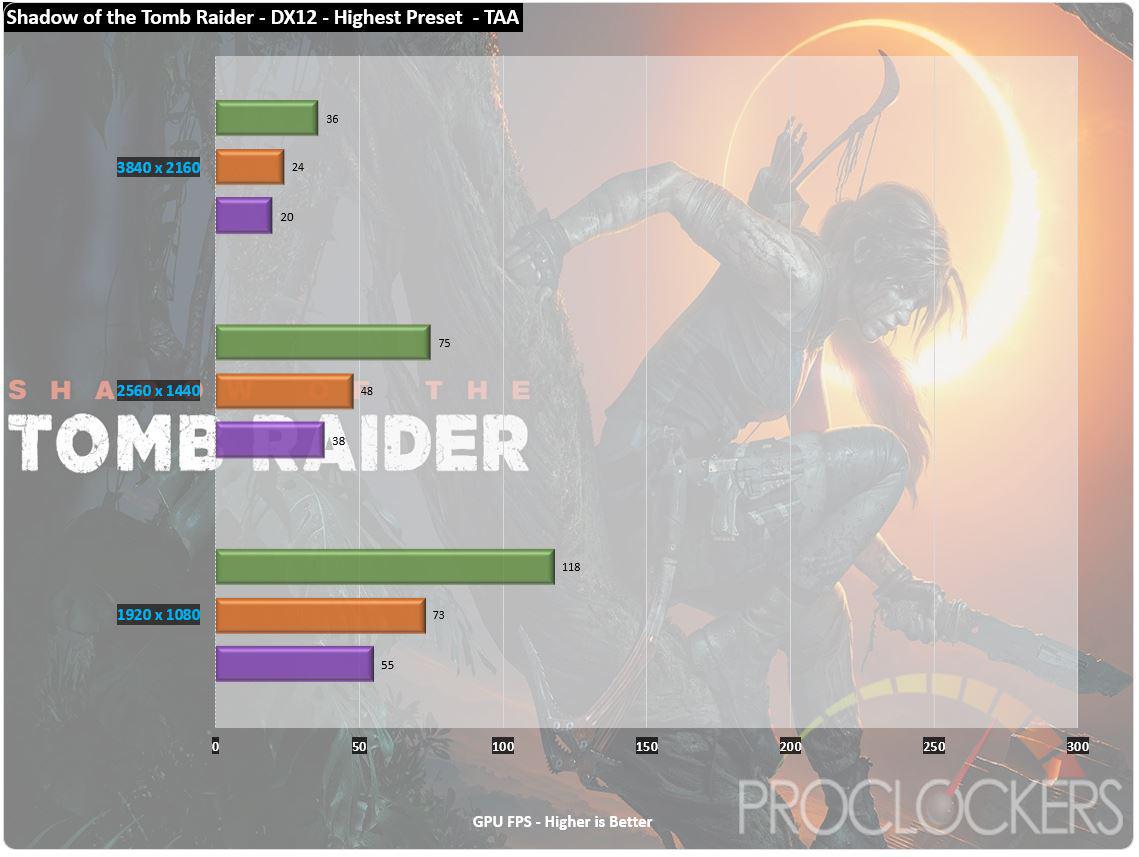
The latest installment in the Tomb Raider franchise runs quite well at max settings and the 1660 Ventus XS 6G OC is able to swing 1080p quite easily at maximum settings with the minimum frame rate dipping to only 55 fps.
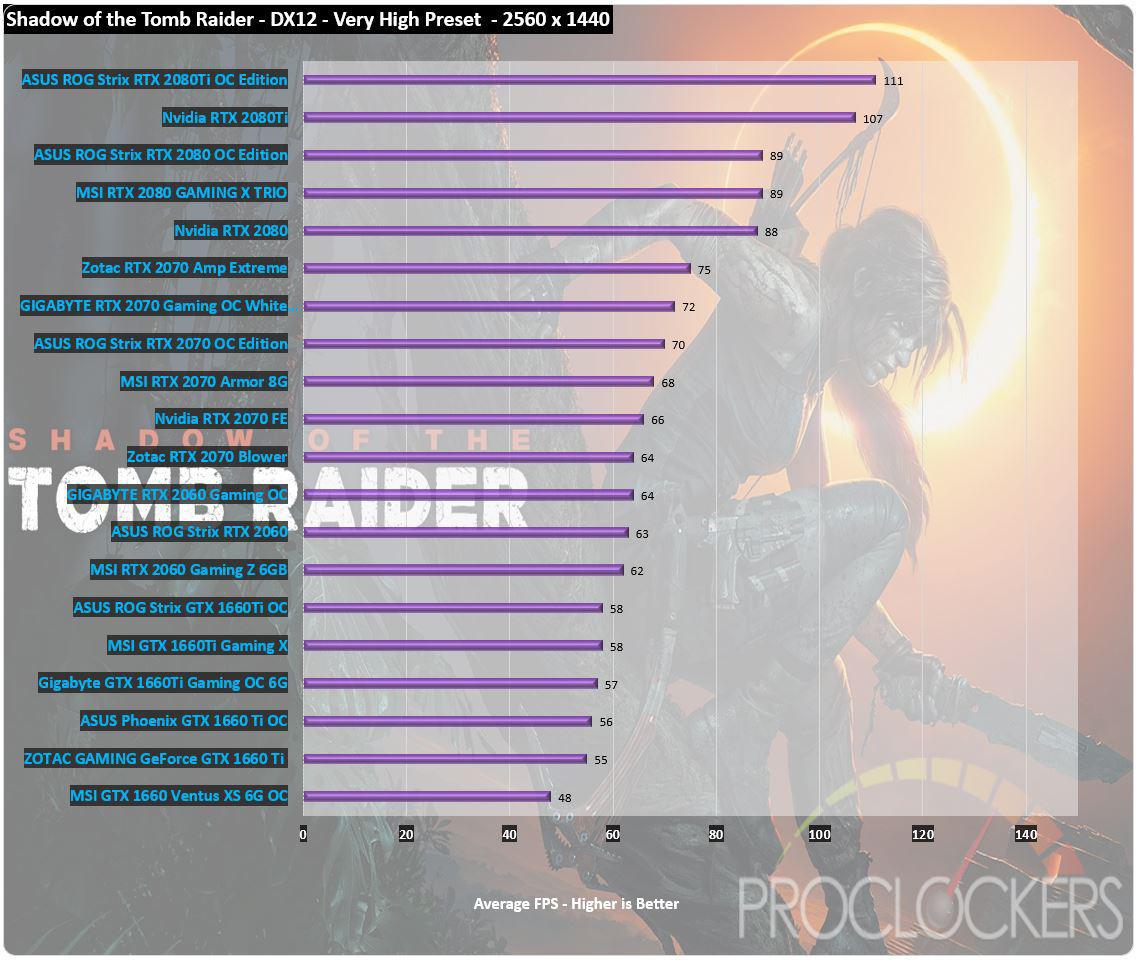
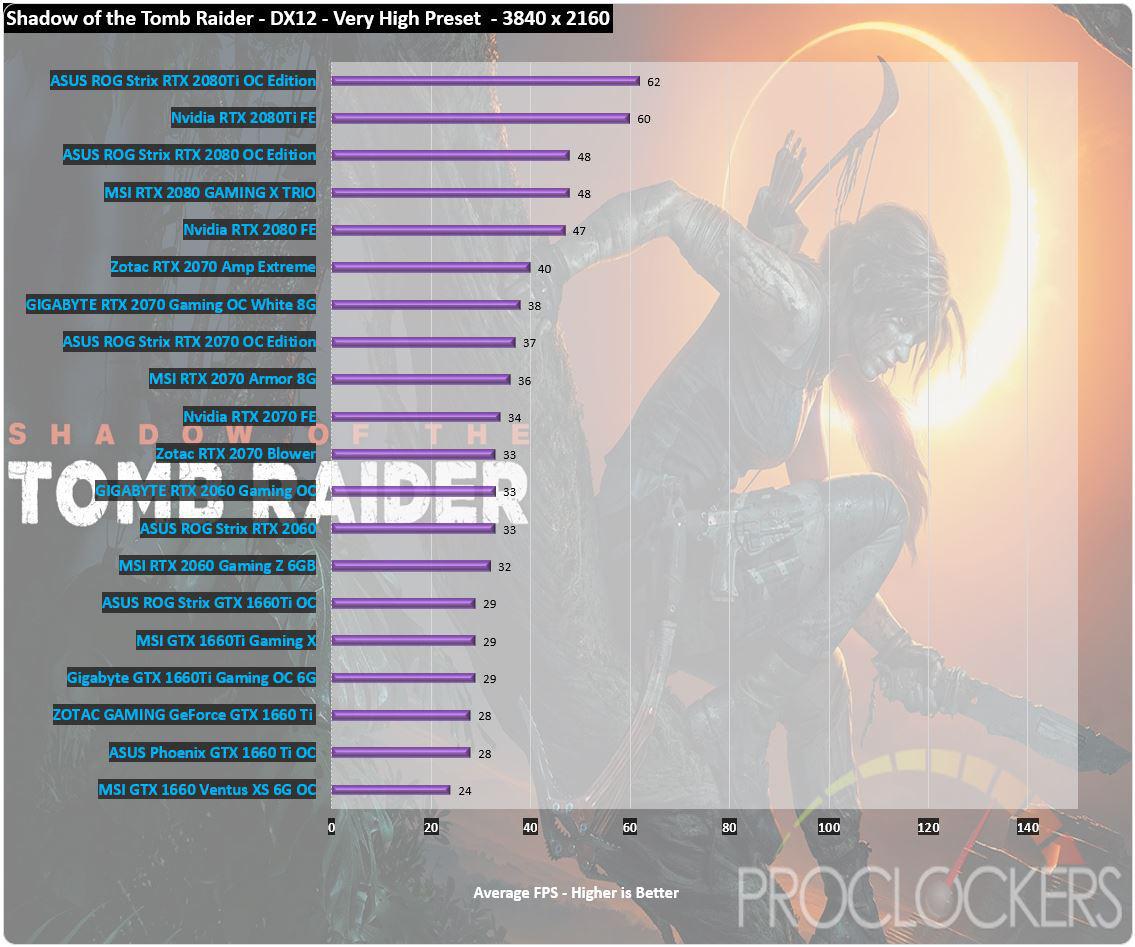
Again, we see predictable results. 4K at these settings is under the 30 fps mark, and 1440p and below is going to be great.
Tom Clancy’s The Division
We live in a complex world. The more advanced it gets, the more vulnerable it becomes. We’ve created a house of cards: remove just one, and everything falls apart.
Black Friday – a devastating pandemic sweeps through New York City, and one by one, basic services fail. In only days, without food or water, society collapses into chaos. The Division, an autonomous unit of tactical agents, is activated. Leading seemingly ordinary lives among us, these agents are trained to operate independently in order to save society.
When society falls, we rise.
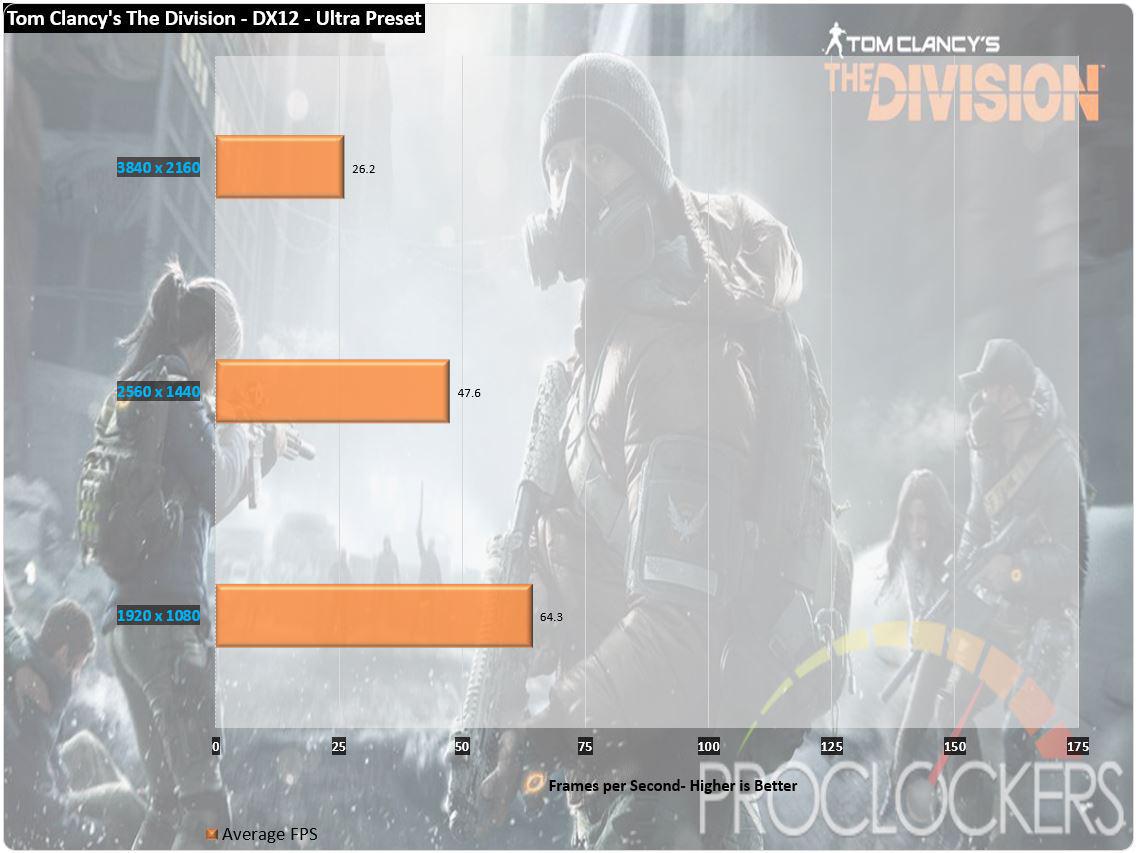
The Division is easily playable at max settings at 1080p and does a great job holding decent frame rates even at 1440p with just under 50 fps. dropping the eye candy one notch should yield you around 60 FPS average.
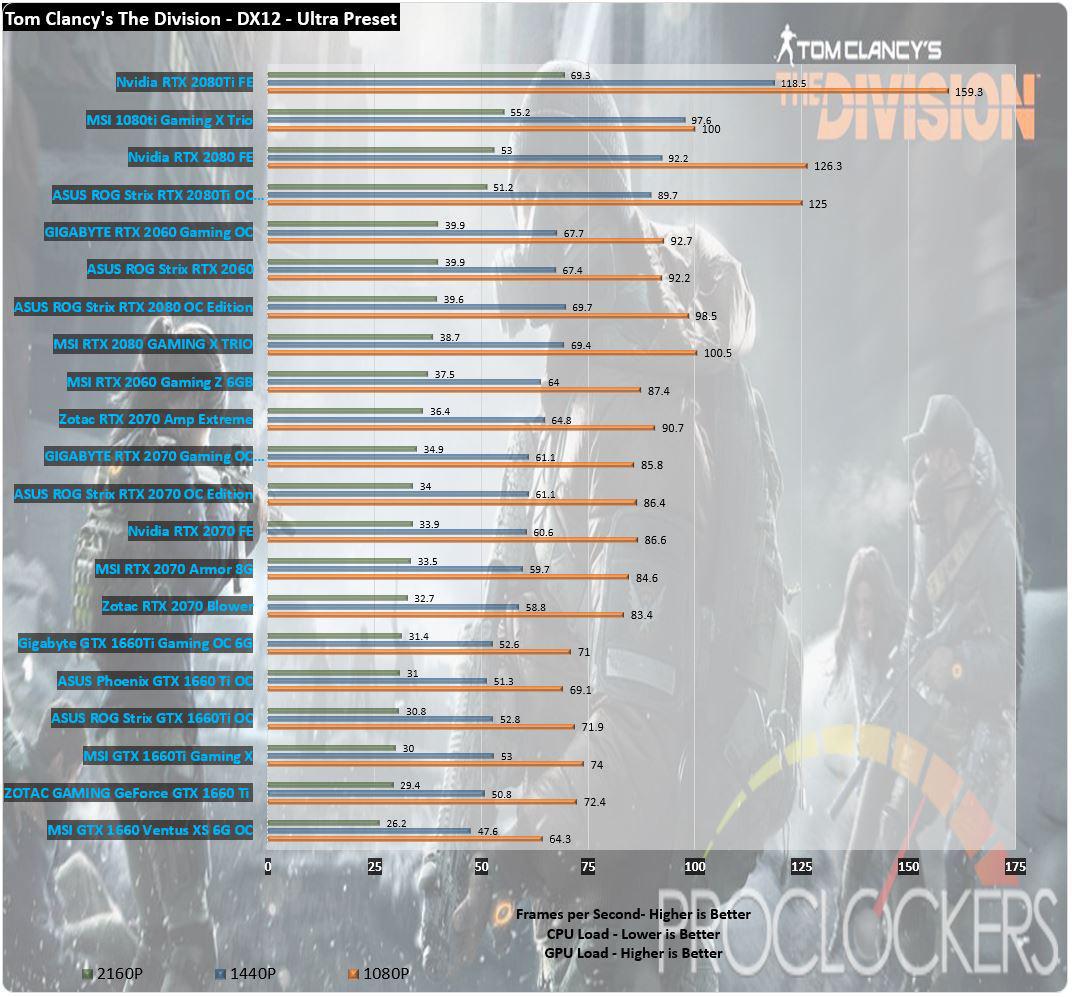
The GTX 1660 Ventus XS actually comes in only little under the GTX 1660Ti cards in The Division.
Overclocking
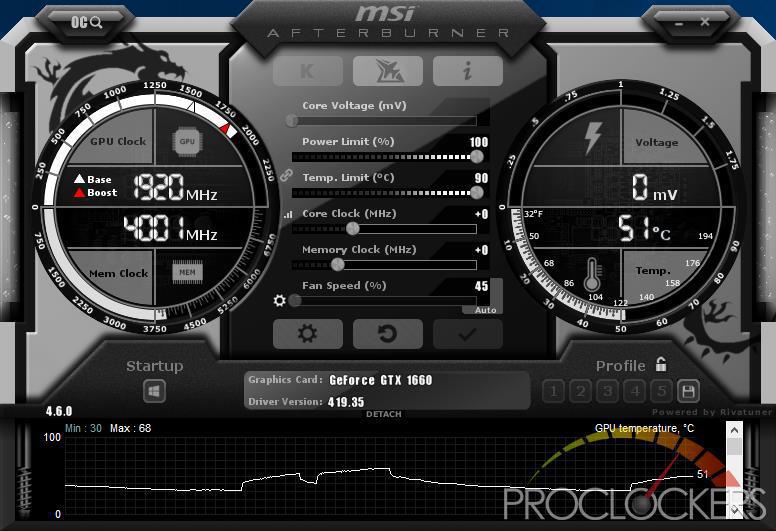
All of our Turing powered cards have seen the biggest limit to performance coming from the power limit on the board, so we wanted to max ours out. It is already at its maximum of 100%
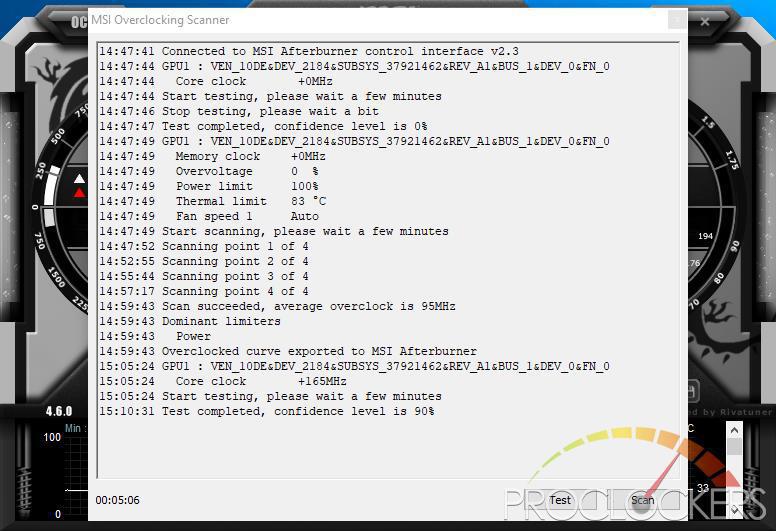
Next, we’ll try the OC Scanner built into MSI’s Afterburner program. It takes several minutes to complete the testing and tuning.
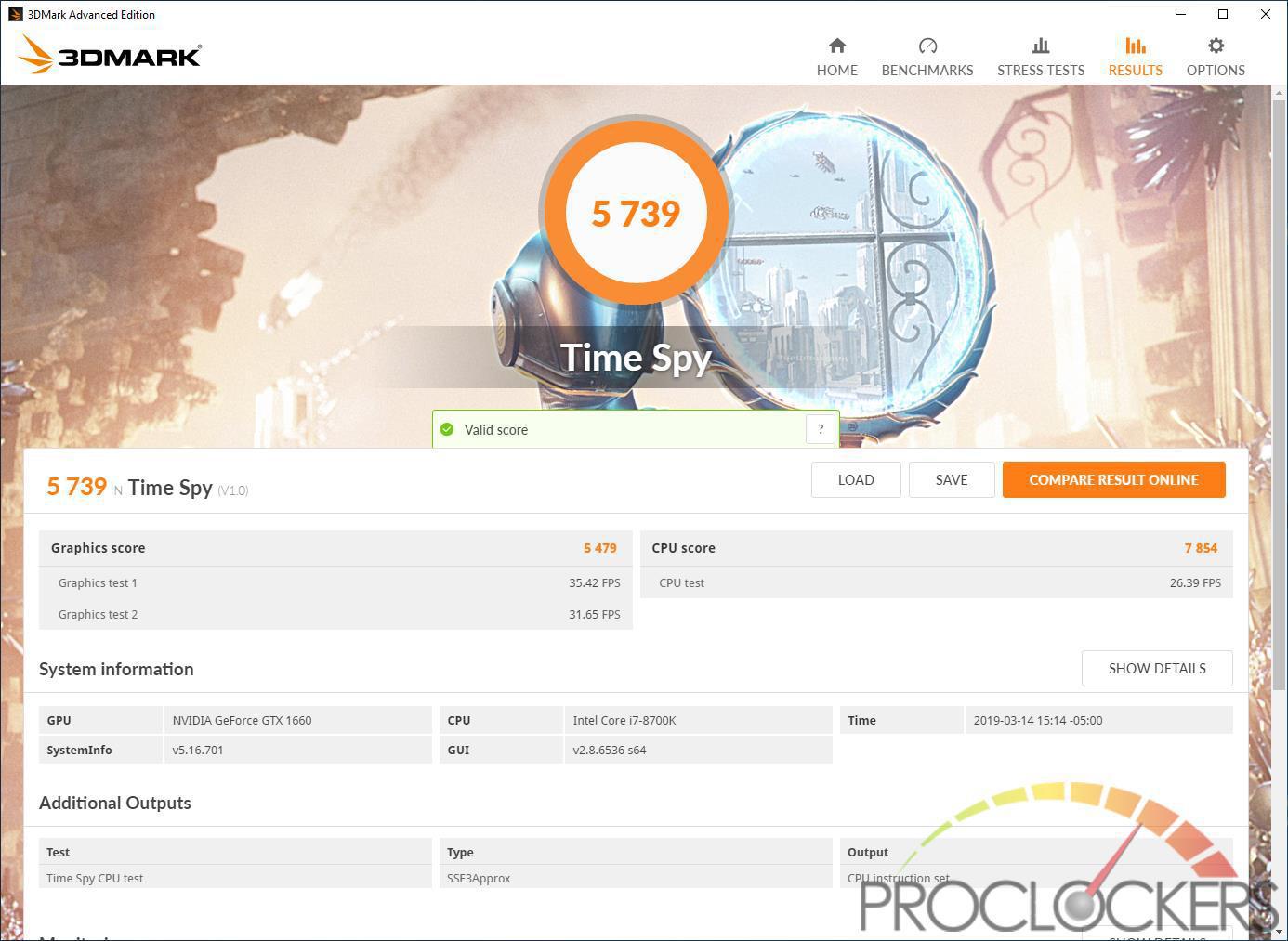
This gives us pretty much the same Time Spy with it being within the margin of error under our ‘stock’ run of 5757.
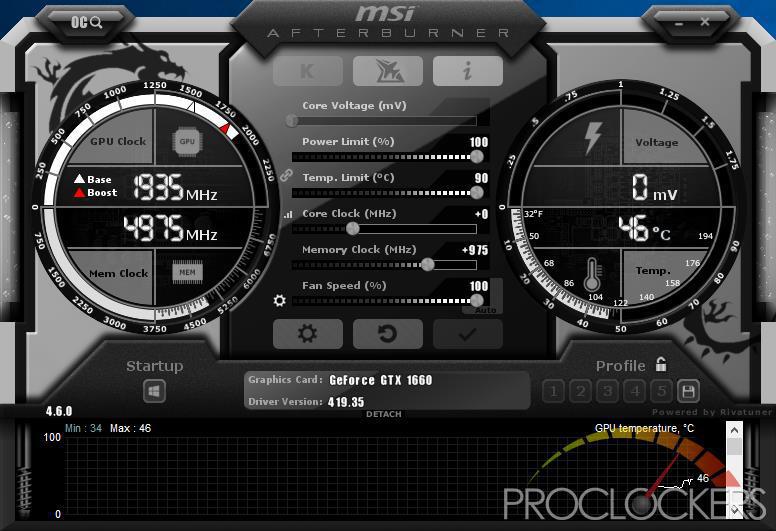
Next, we’ll push the memory speeds up a little. And a little more. And a lot more. We ran into a wall at +1000 MHz and had to settle for a decent +975MHz. For the record, that’s nearly 10GHz effective speed!
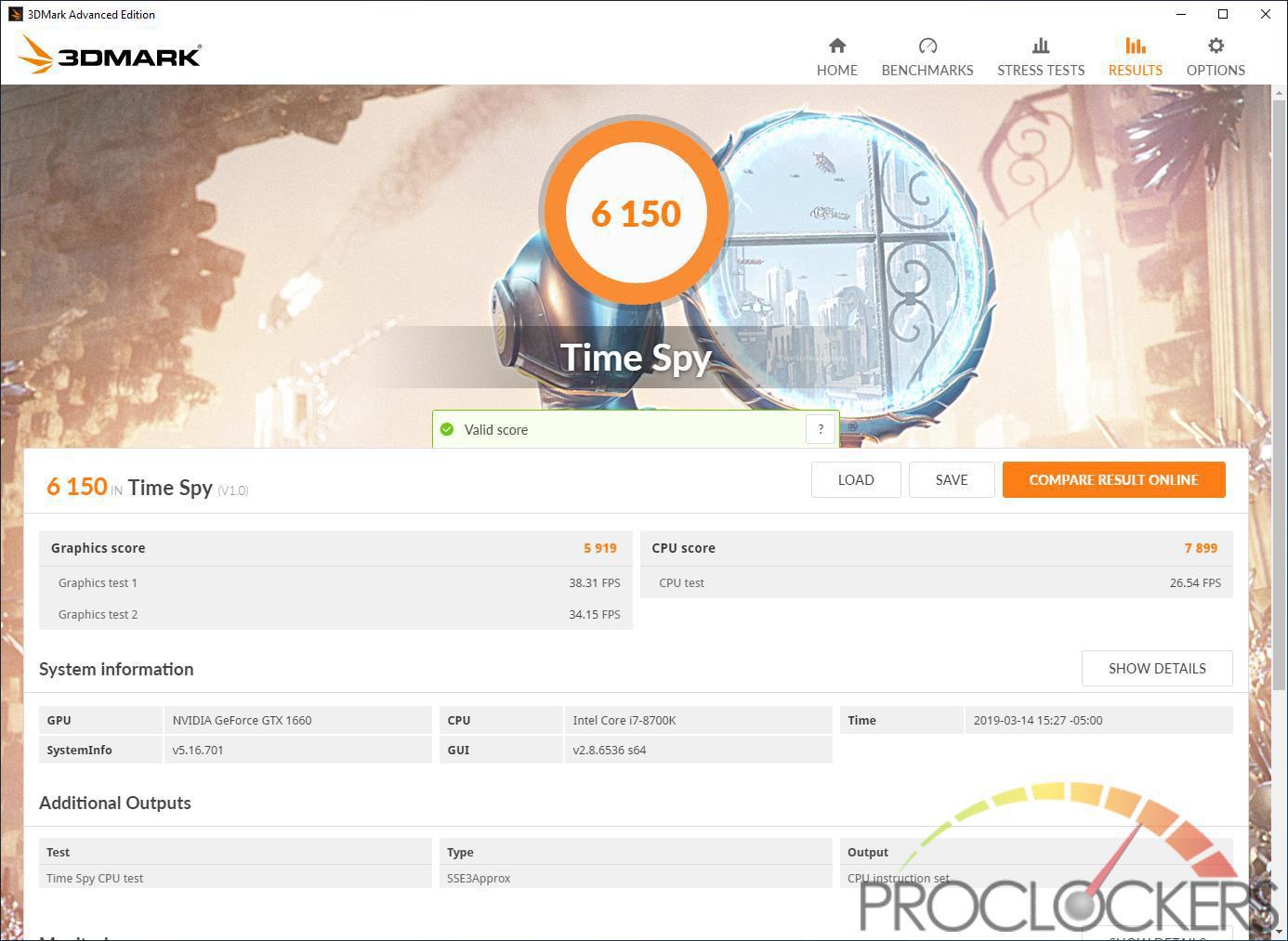
This alone gives us a nice bump to Timespy.
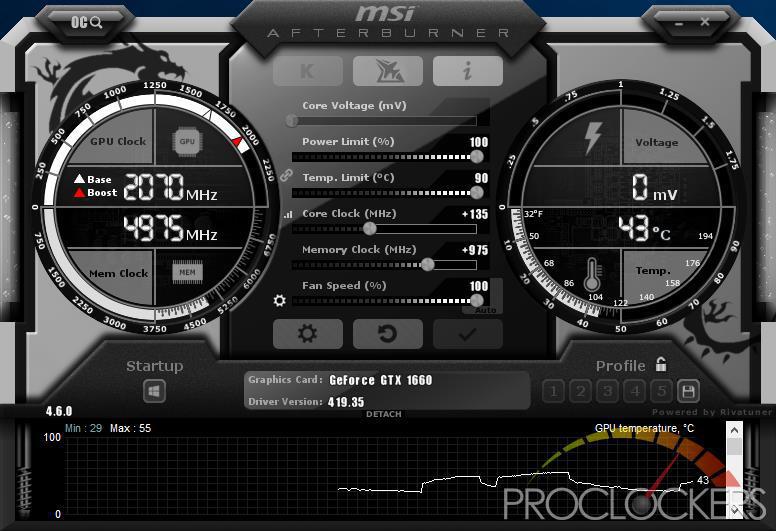
Next, we get the core clock up to +135 MHz.
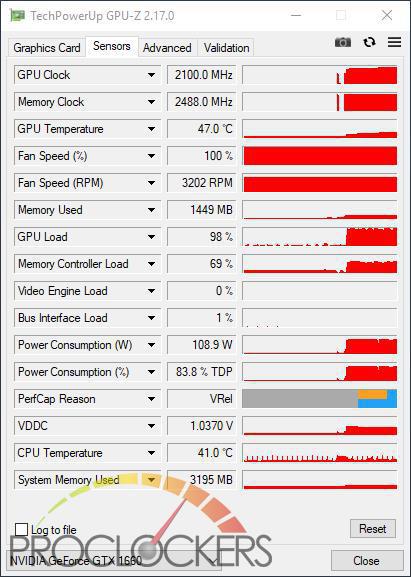
This gives us a stable Core boost clock speed of 2070MHz with the rare jump to 2100MHz.
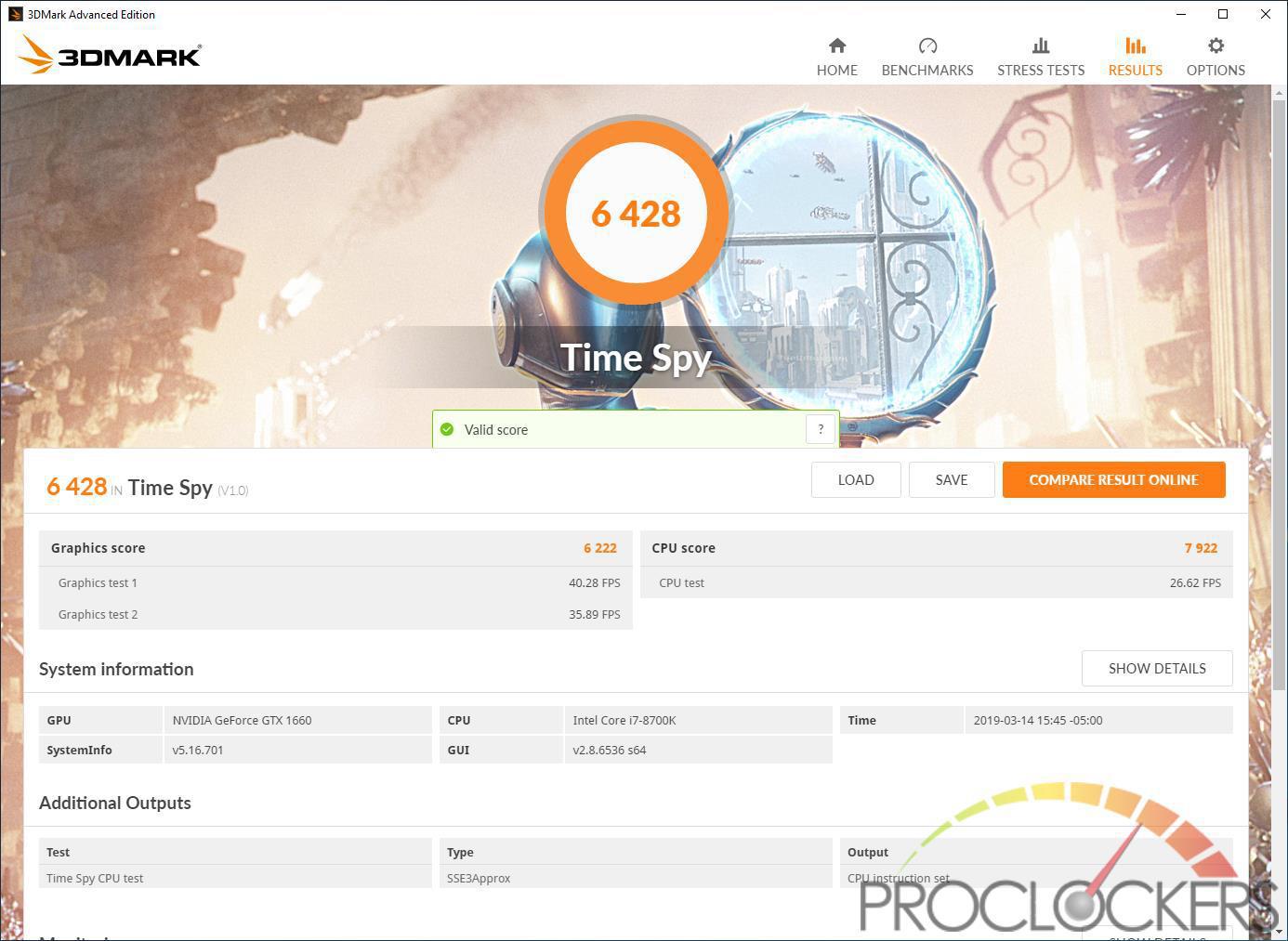
Between the nearly 2GHz effective memory overclock and the respectable core overclock, our Time Spy score jumps a whopping 11.7% over stock to 5757 points, awesome!
Final Thoughts & Conclusion
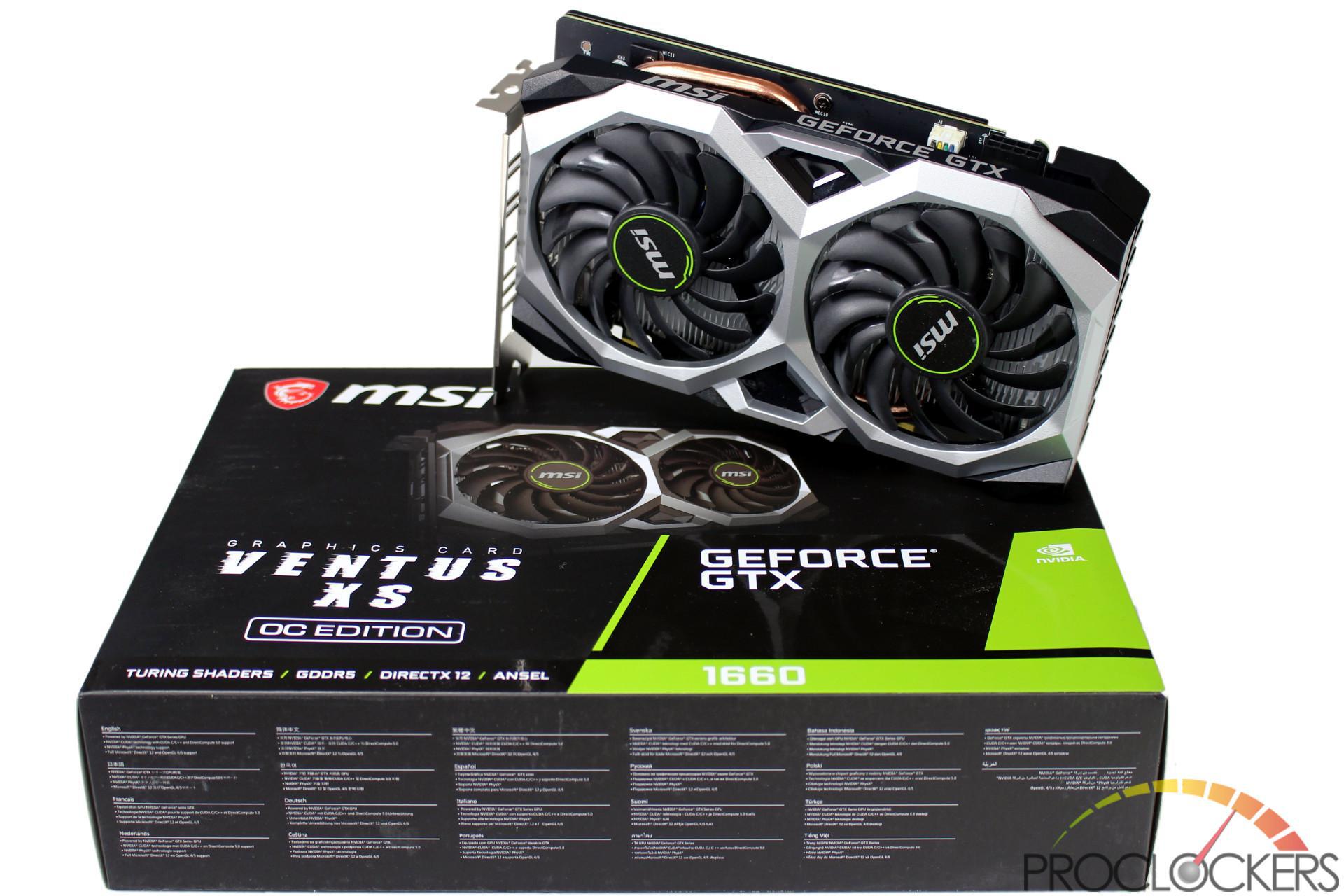
Nvidia’s GTX 16 series cards are making for a worthy replacement to older GTX 960 cards and even the more recent GTX 1060 cards for a reasonably affordable price. MSI’s Ventus XS OC Edition adds a small boost in factory clocks and a much better cooler for a modest $10 premium over Nvidia’s $219 MSRP for the GTX 1660. The 6GB of GDDR5 really isn’t a bottleneck under the GTX 1660Ti’s GDDR6 and gives games plenty of space for textures and such.
Overall, MSI’s GTX 1660 Ventus XS OC just crushed everything we threw at it at 1080p and usually managed around 50 FPS average at 1440p at max settings. This means that 1080p gamers can take advantage of high frame rate monitors at 1080p. The highly competitive E-sports players will likely appreciate this. The Dual fan cooler stayed inaudible the entire time because the card barely got into the 60C range under maximum loads. The compact form factor lets this fit comfortably in smaller ITX sized enclosures, and is one of the few Turing cards to actually stay within 2-slots worth of space.
If you are in the market for an affordable but still powerful card for your next upgrade, MSI’s Ventus XS OC edition is a great choice.
Great job MSI!






